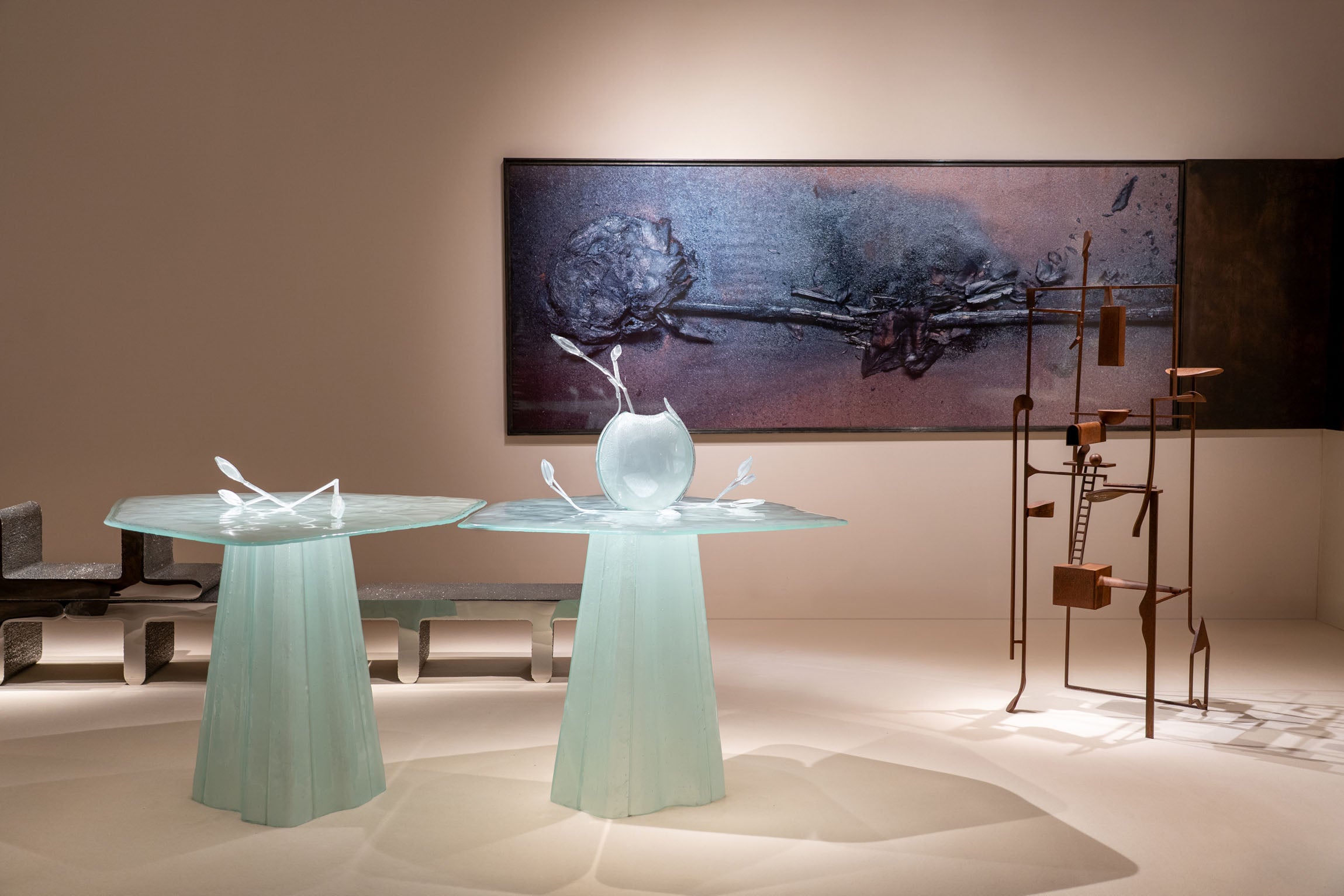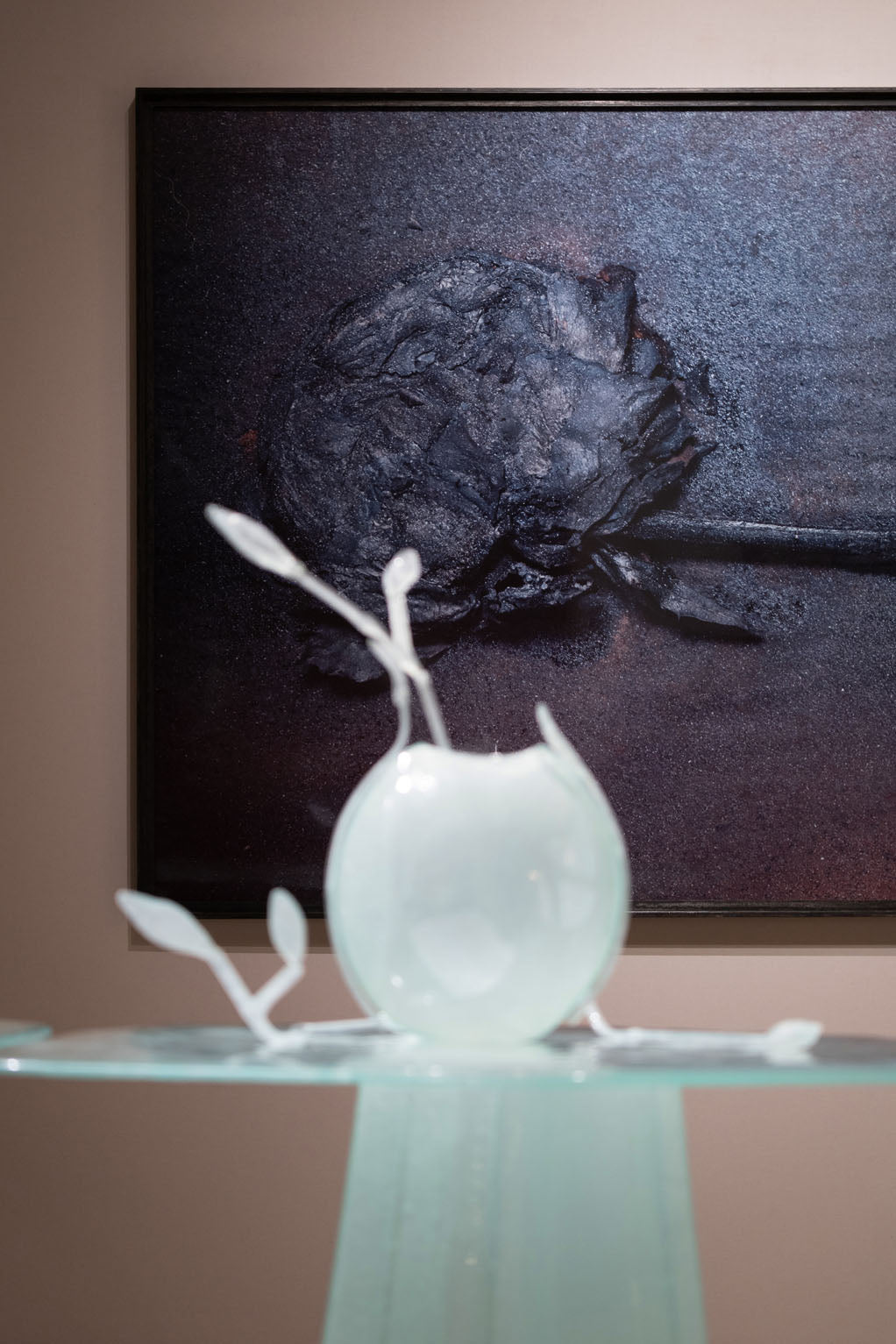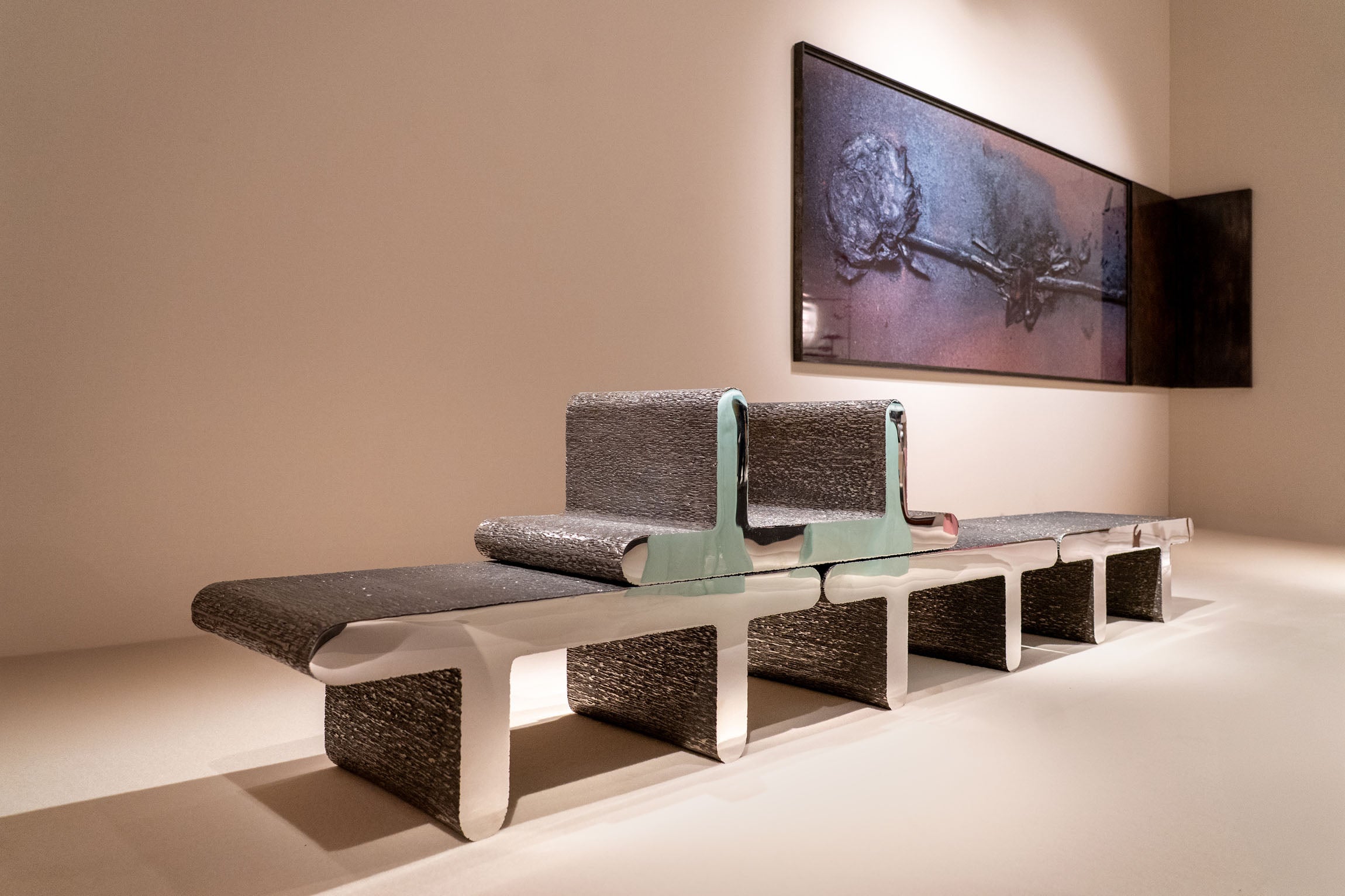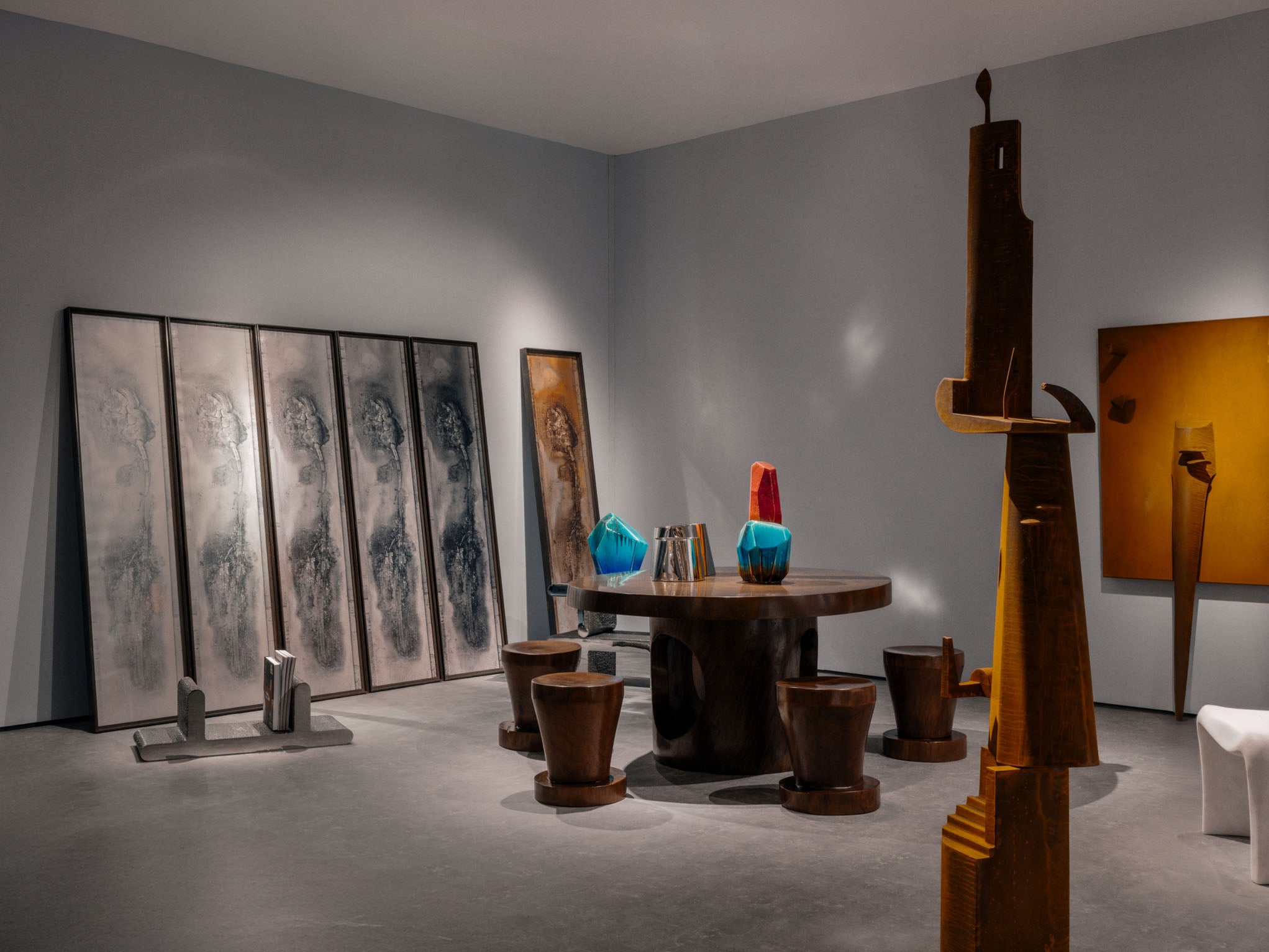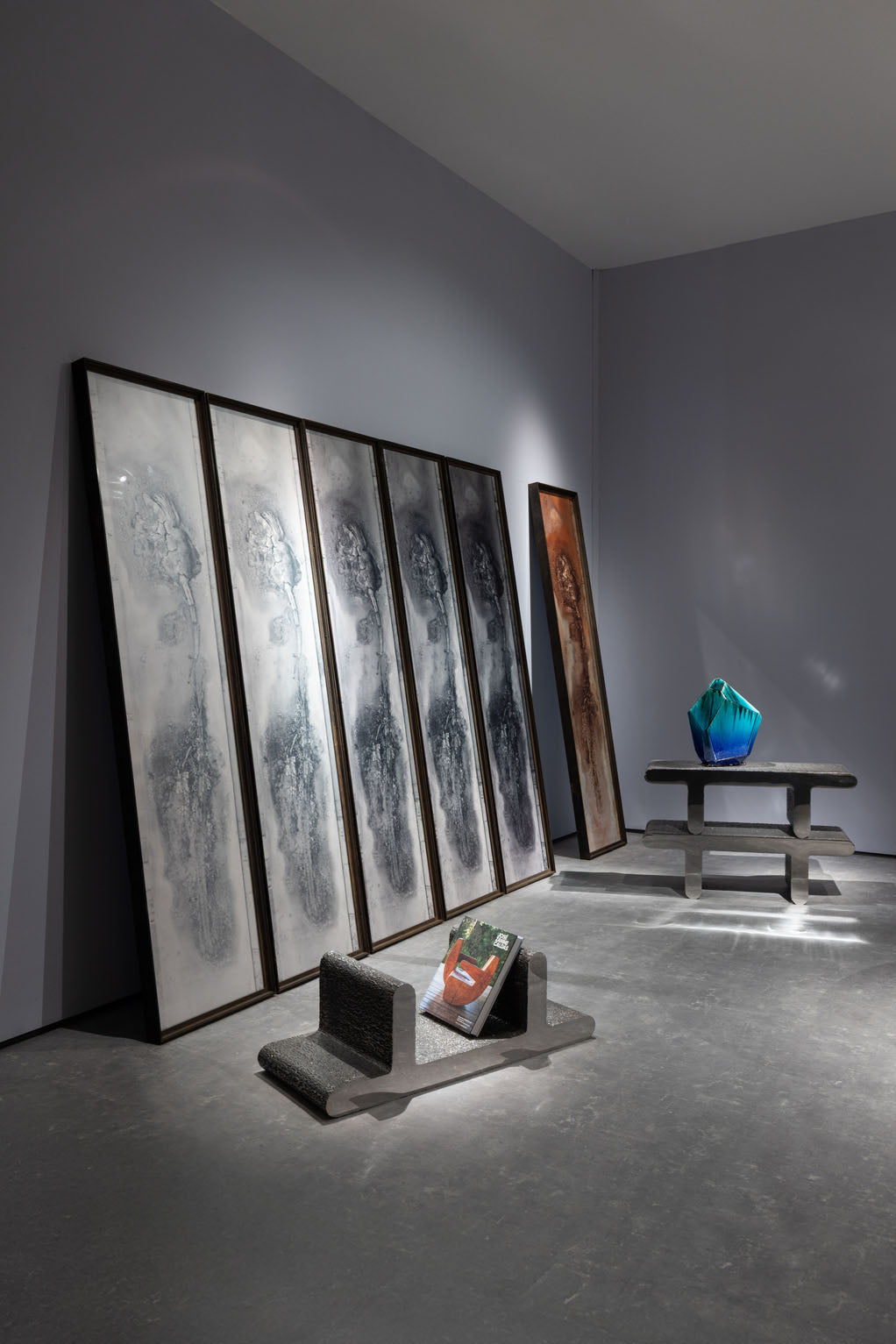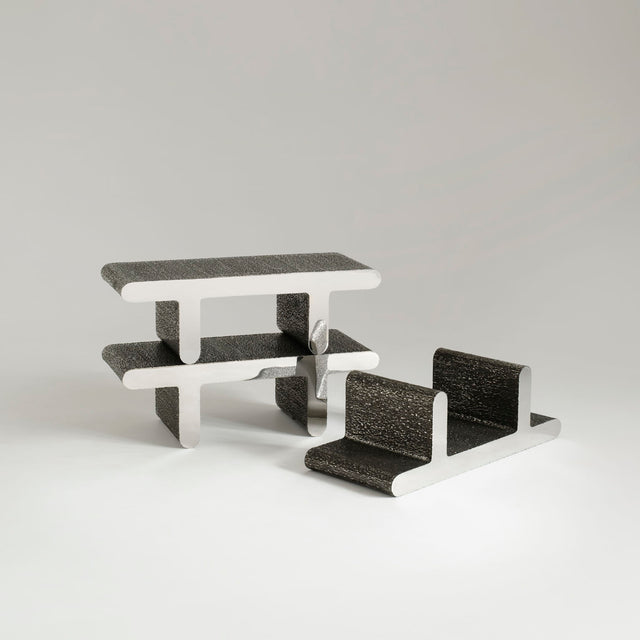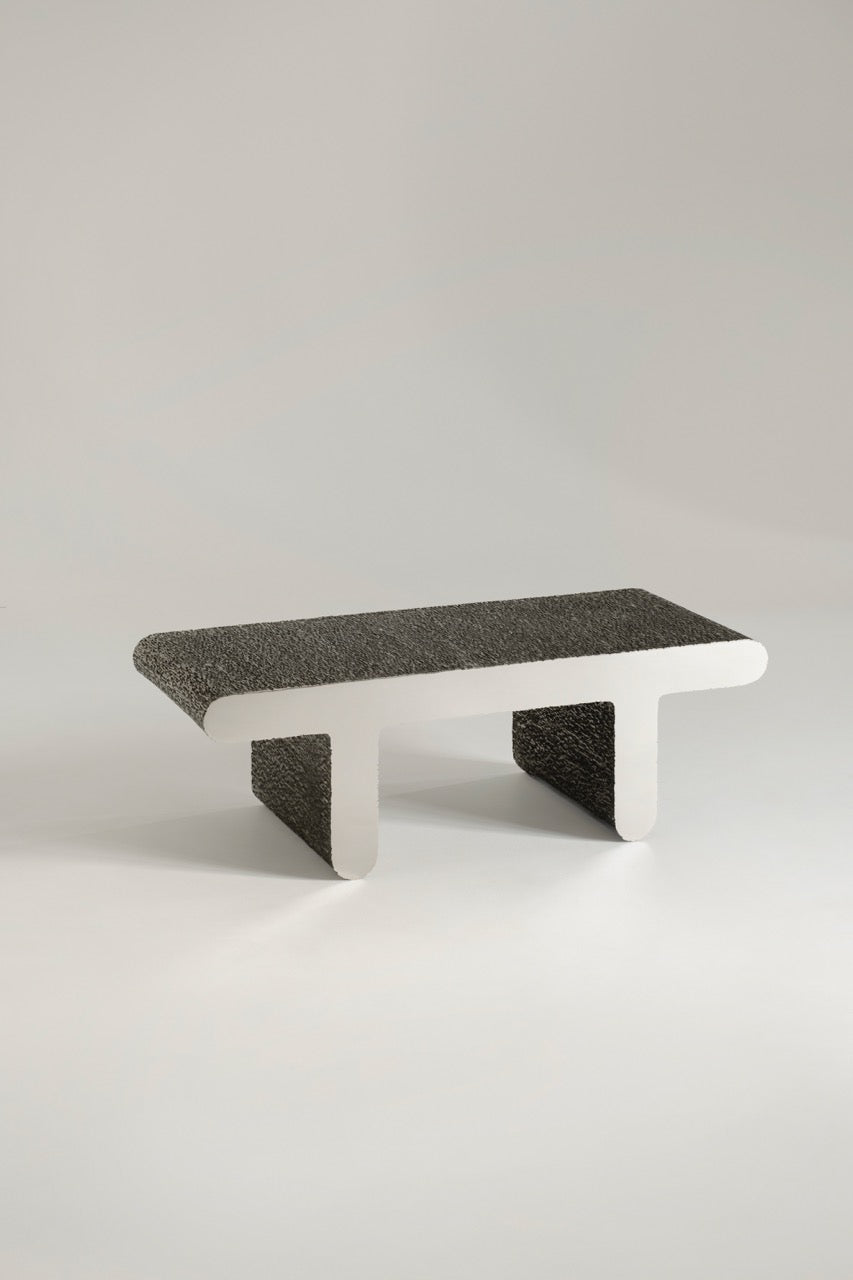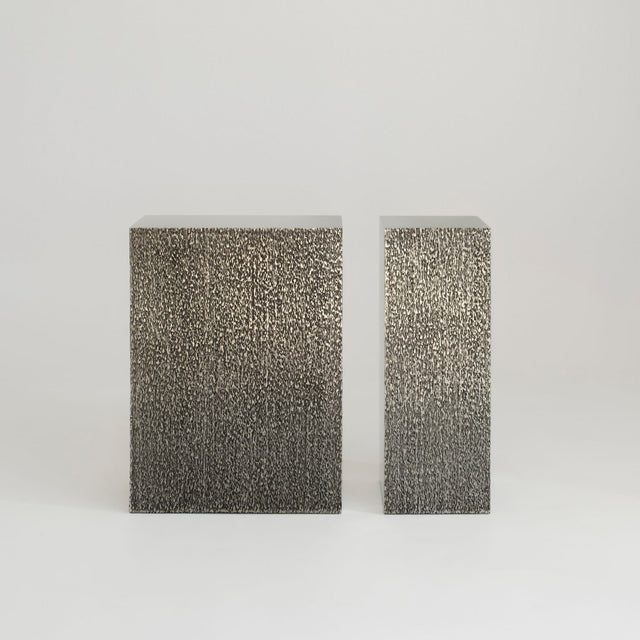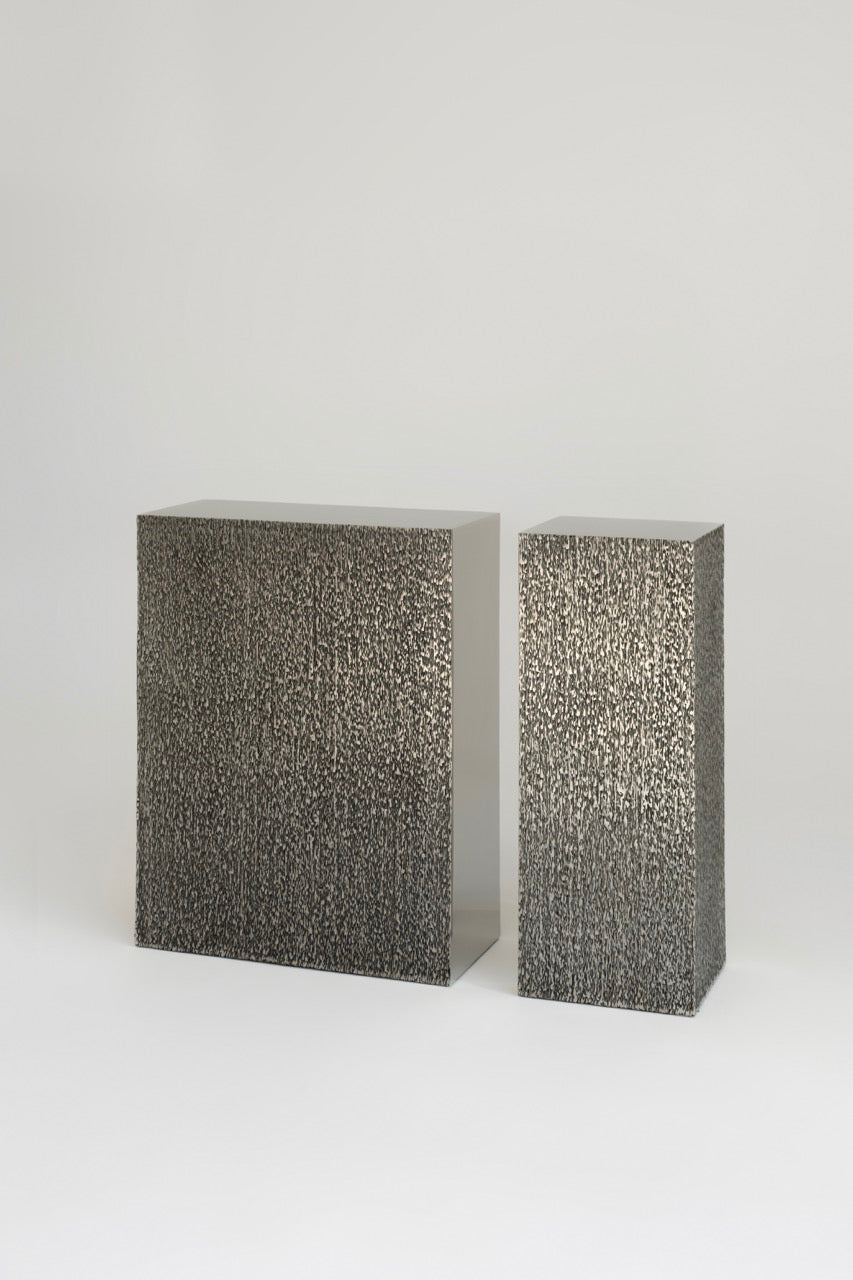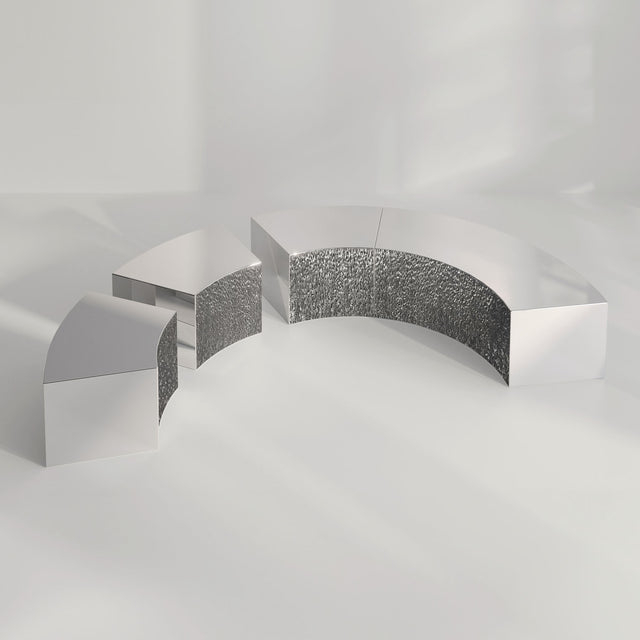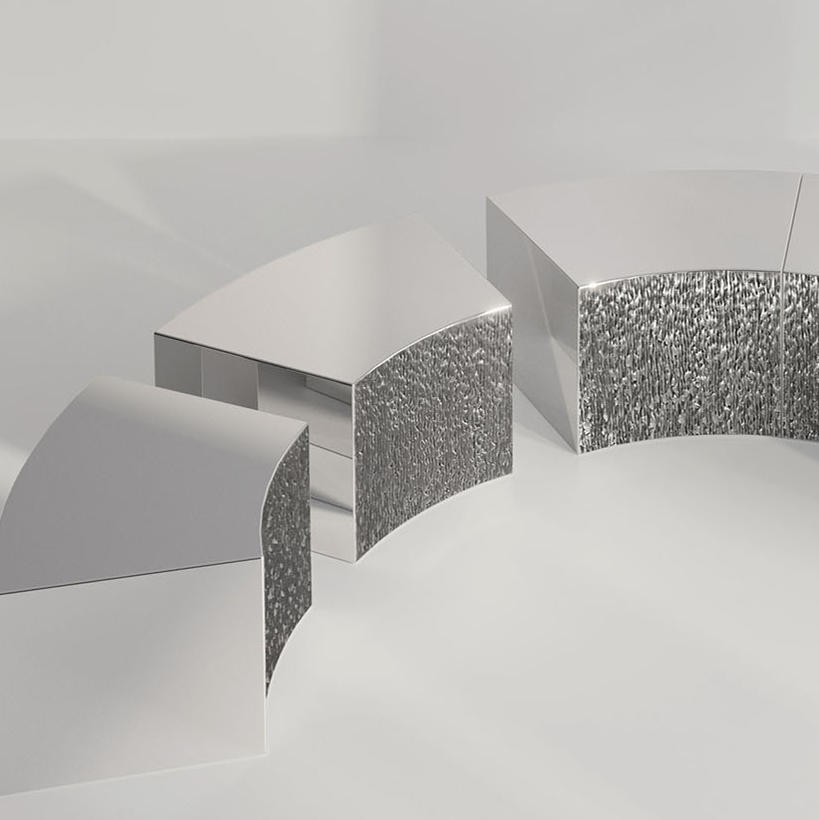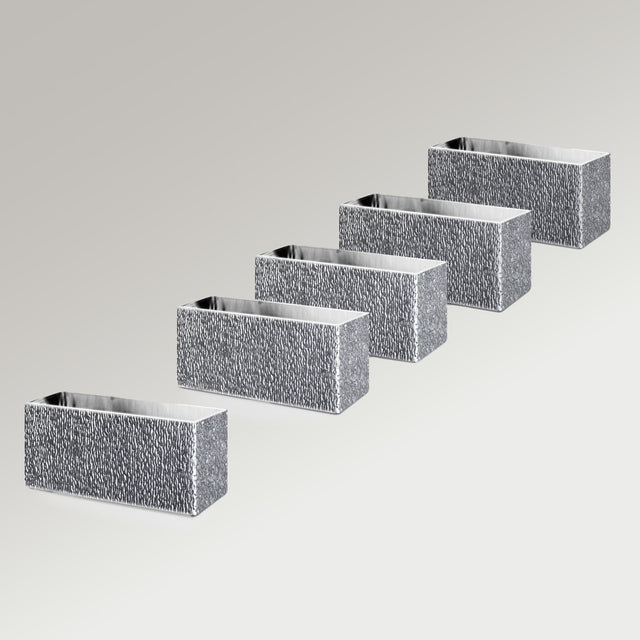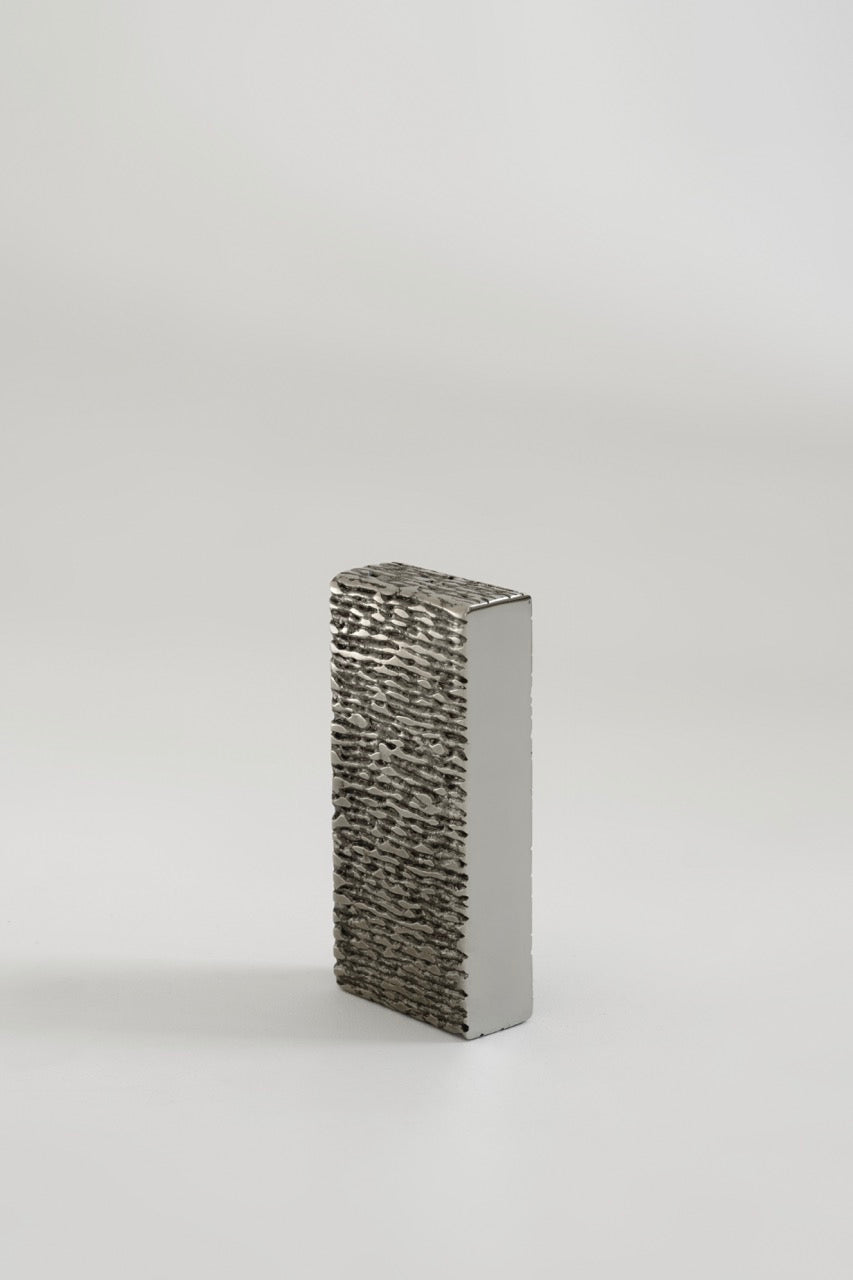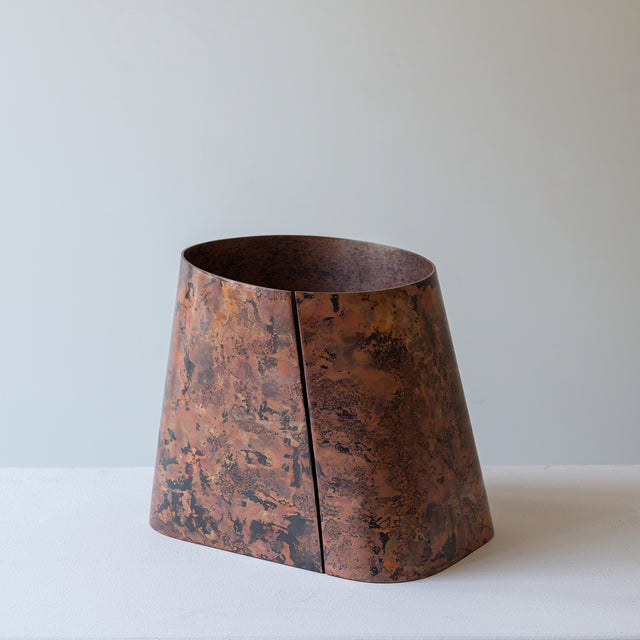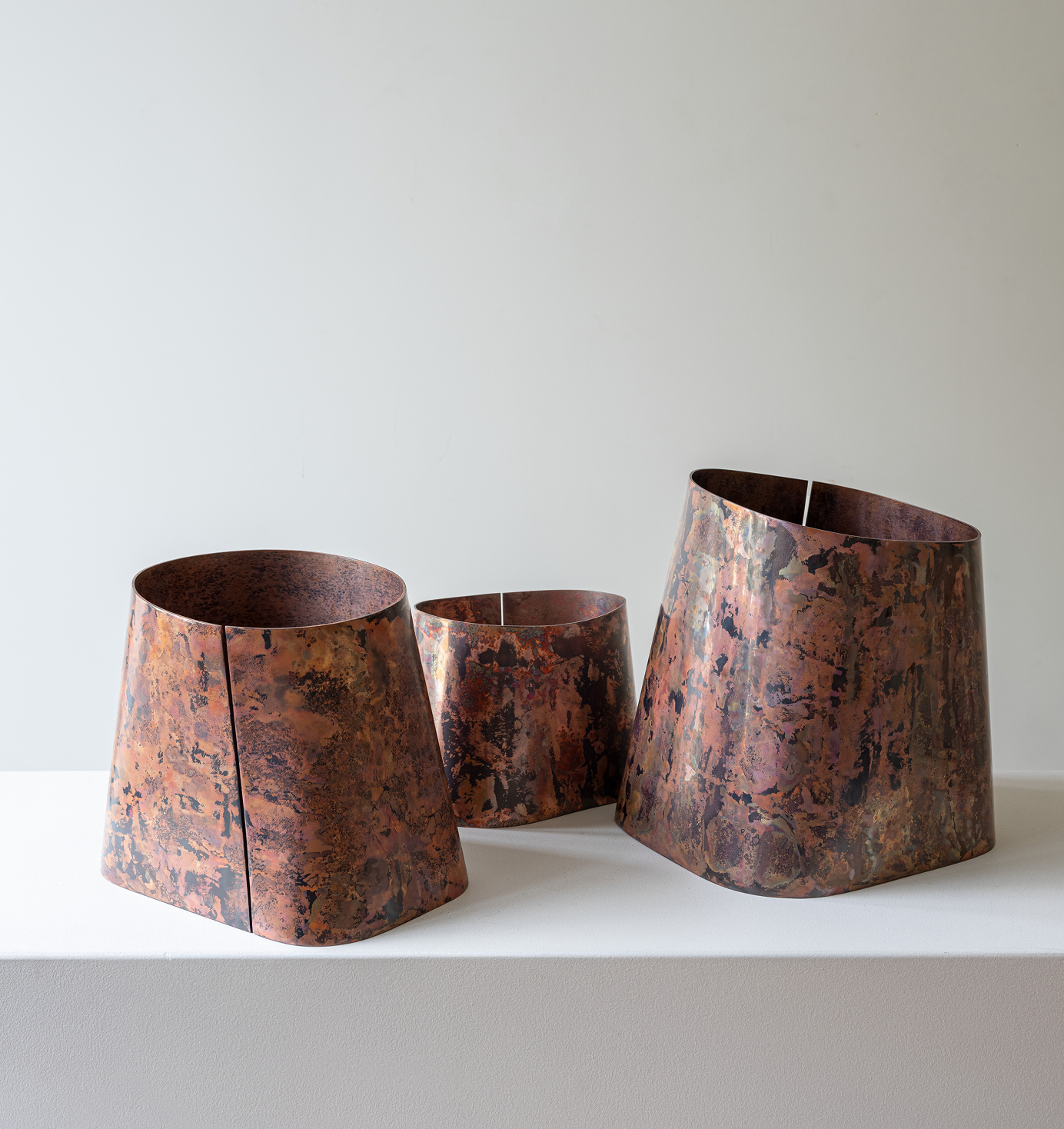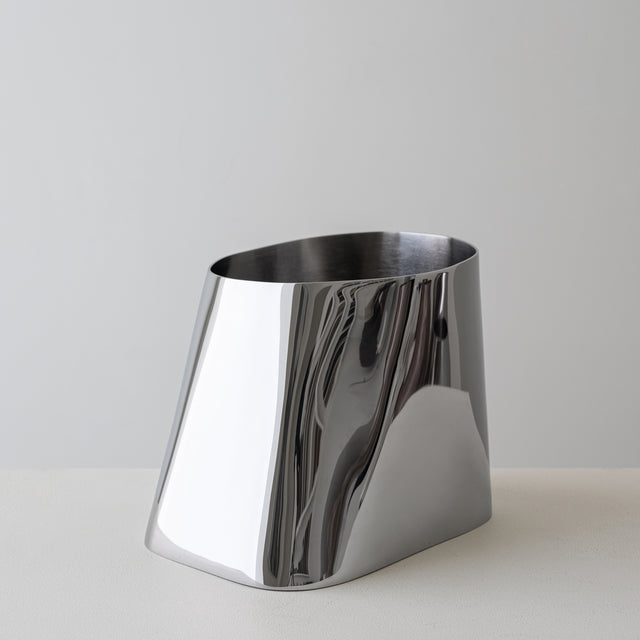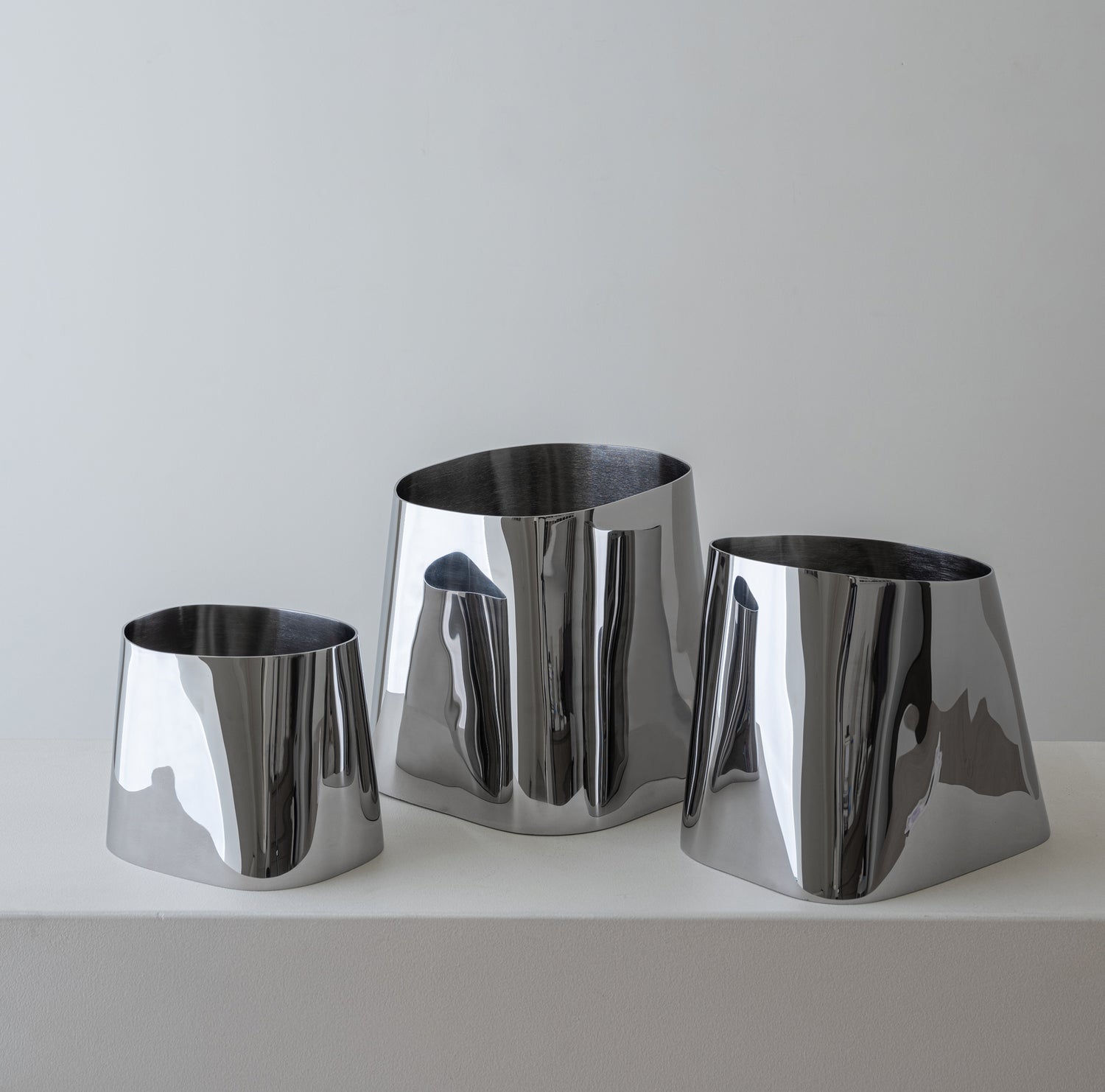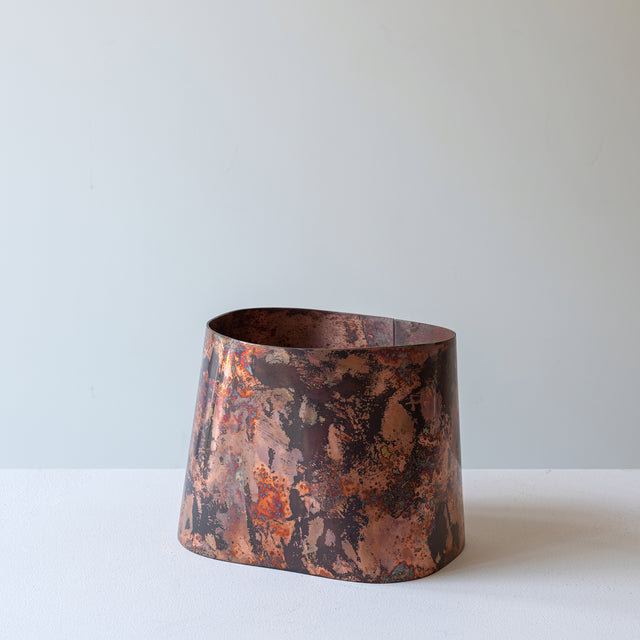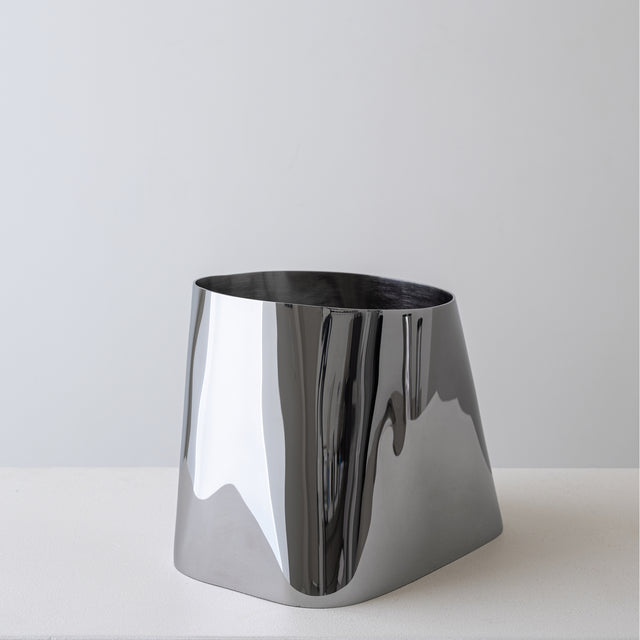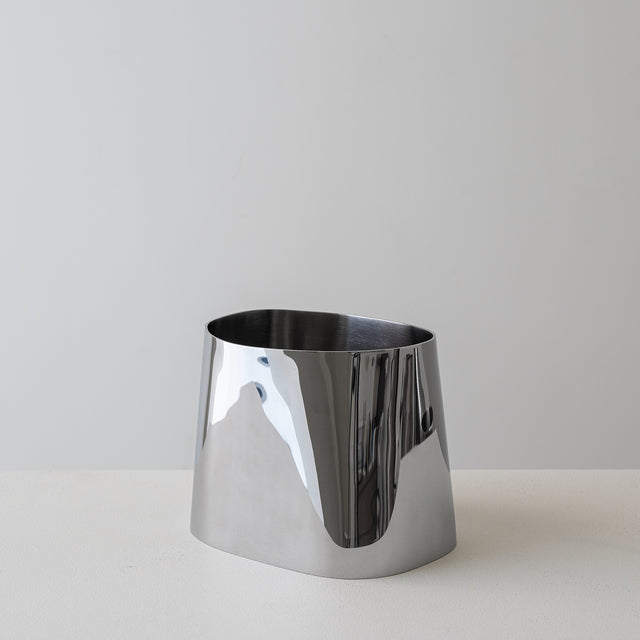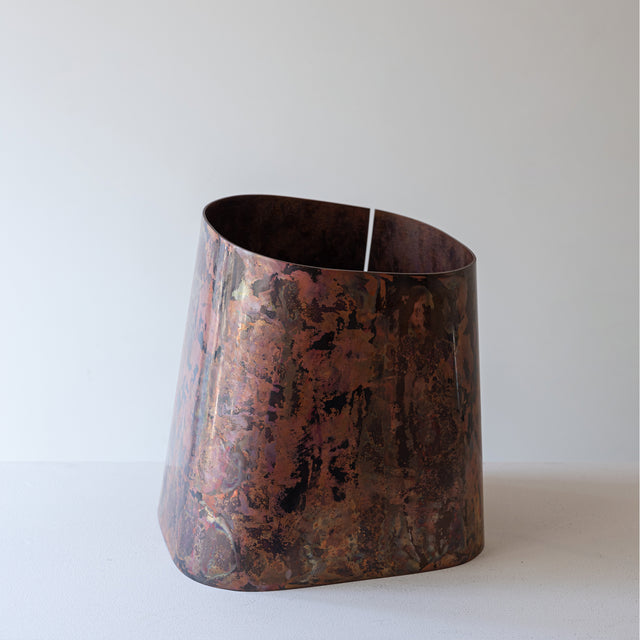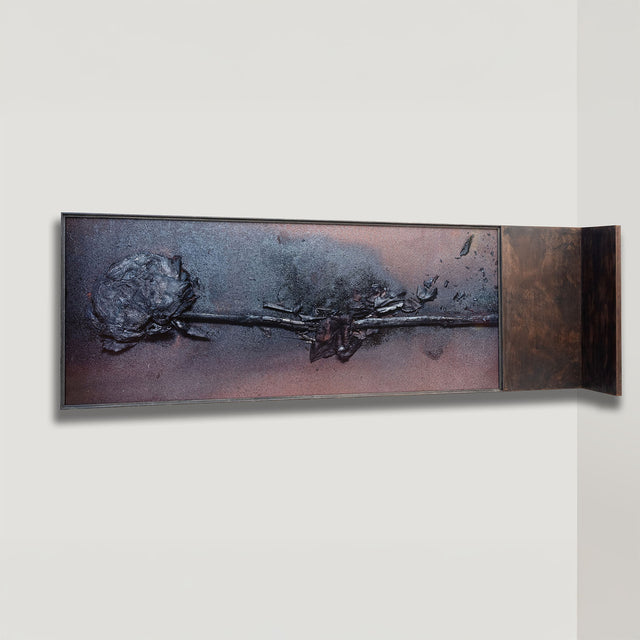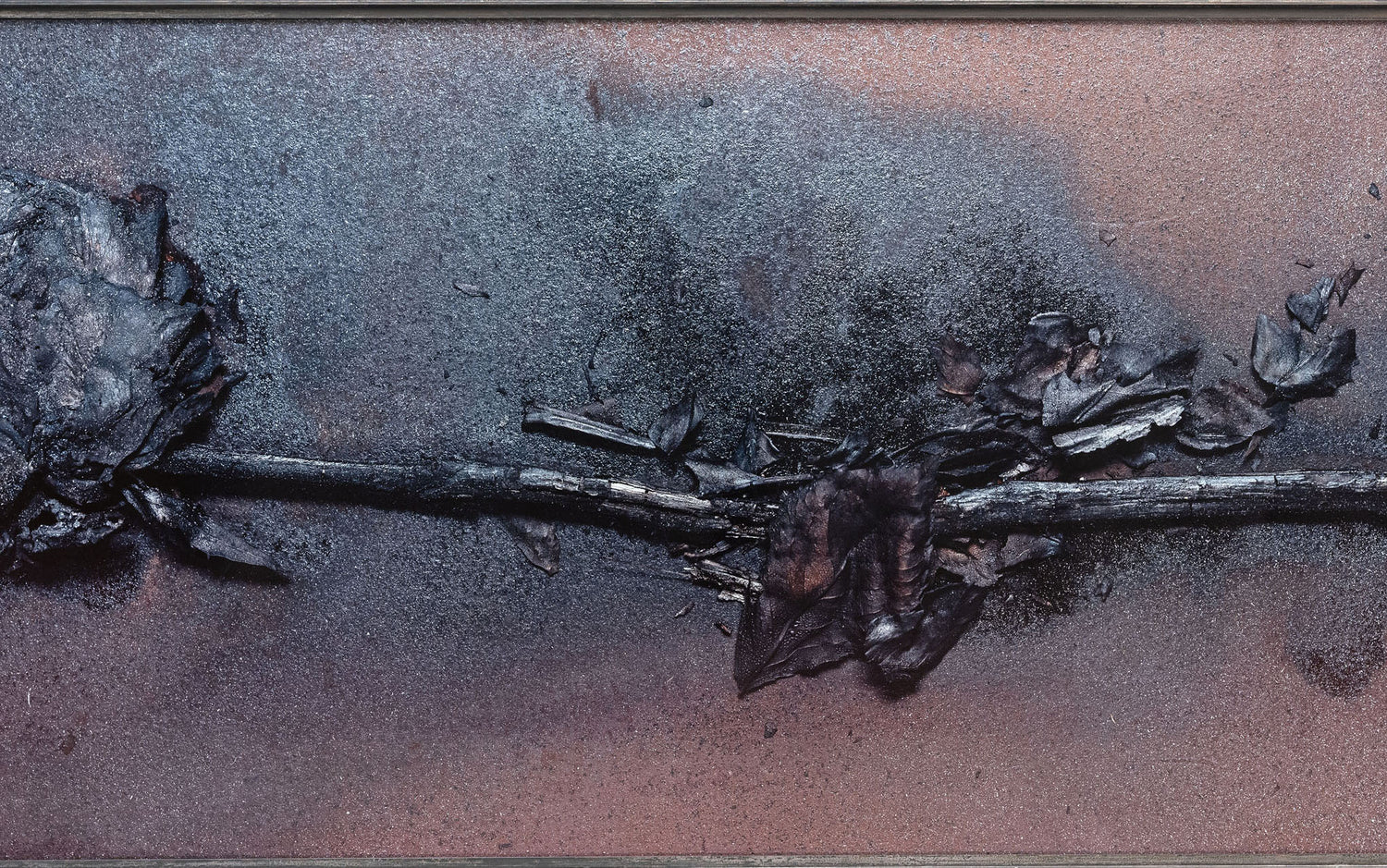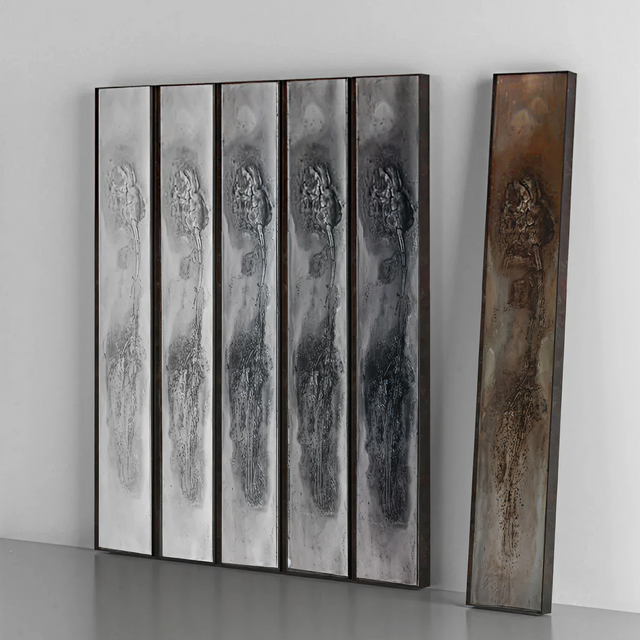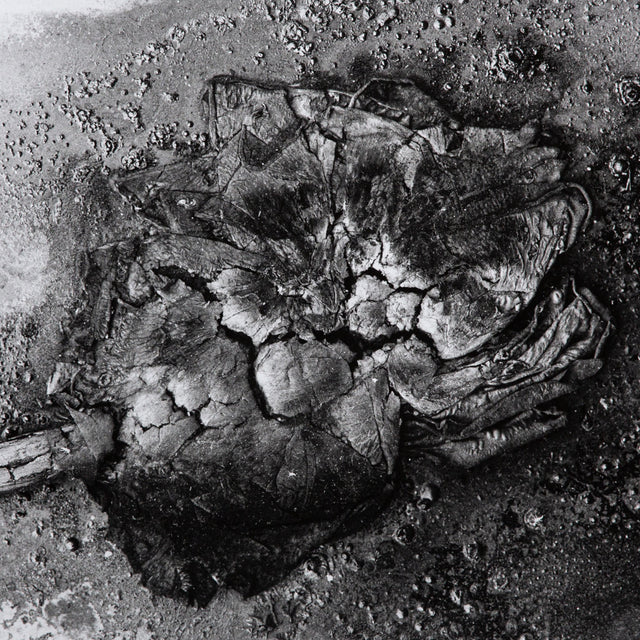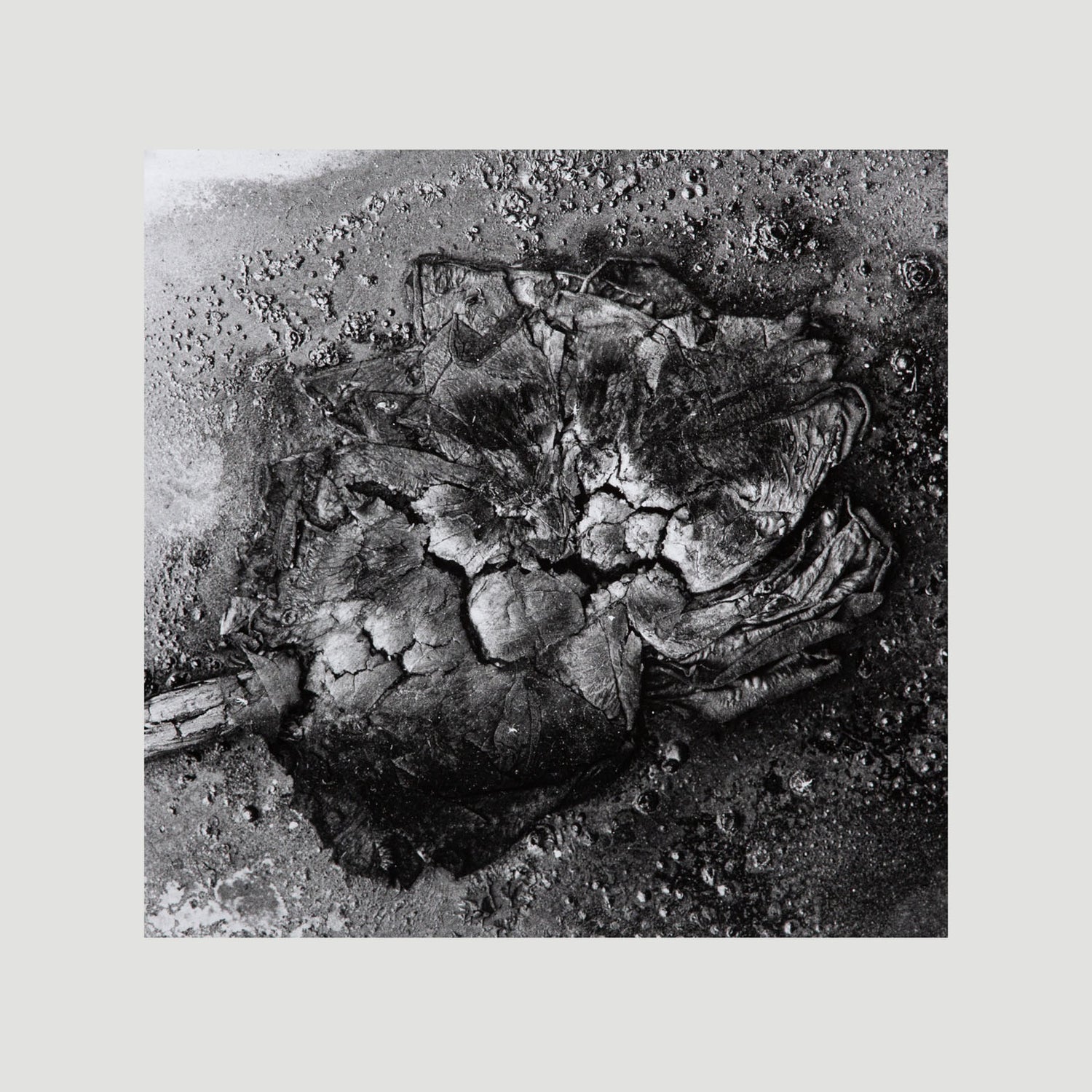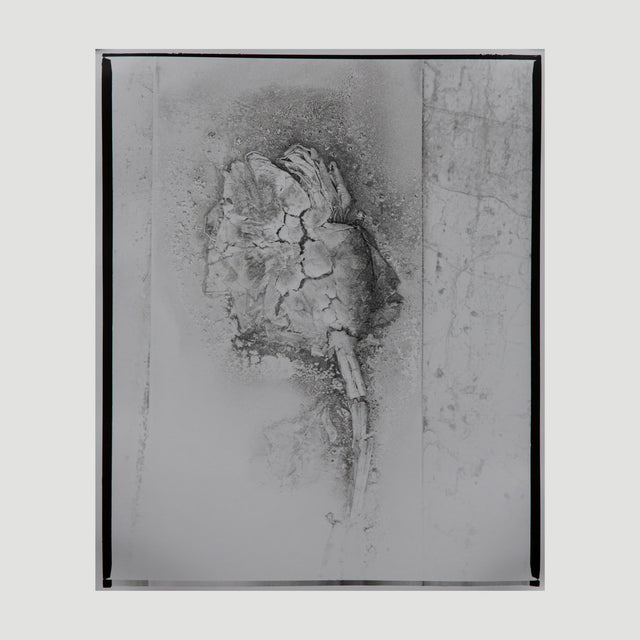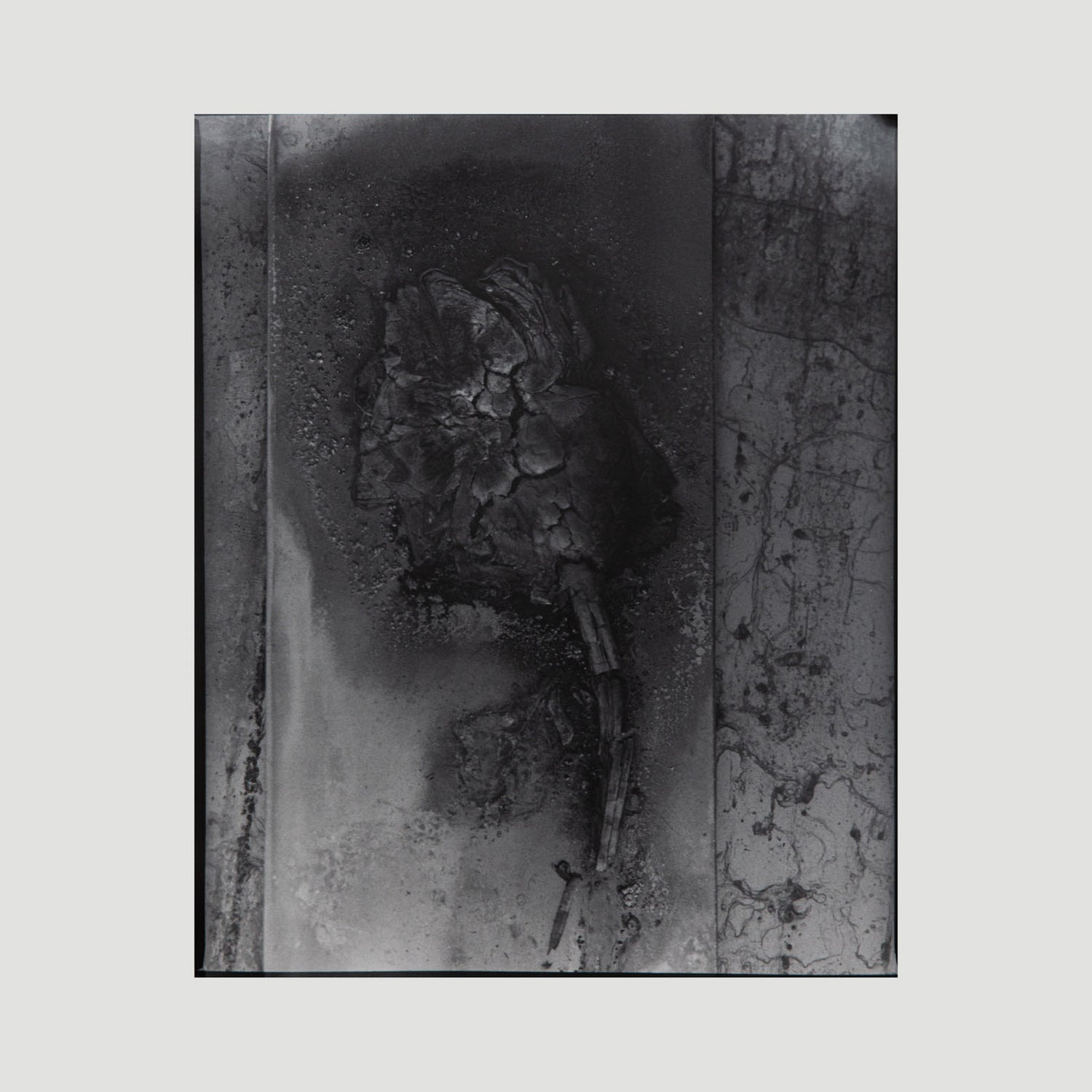Lena Solovyeva
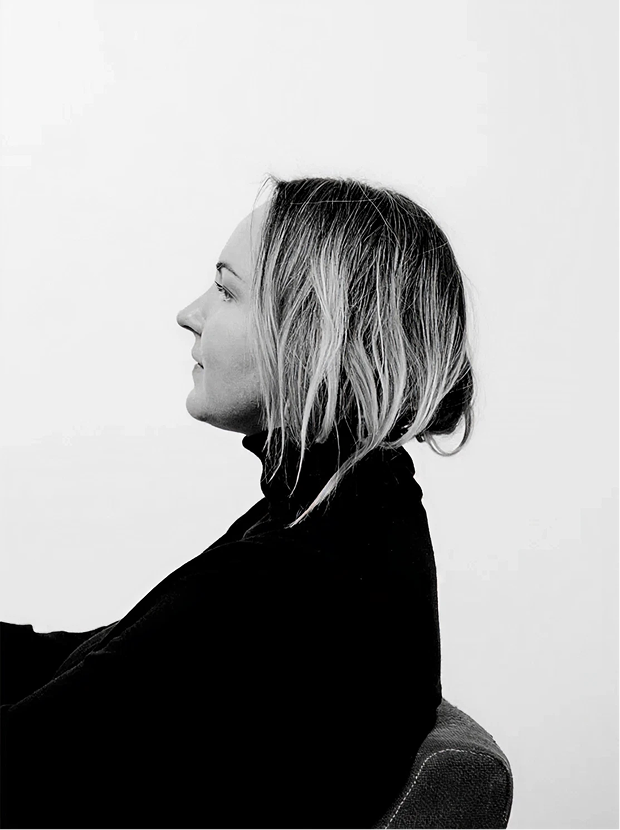
Lena Solovyeva(b. 1975) is a multidisciplinary artist with a background in architecture and design. She is a graduate of the Joseph Bakstein Institute of Contemporary Art and Alexander Brodsky’s workshop “Architecture Through Etching”.
Her practice explores the relationship between humans and nature, construction and the hidden processes that unfold within it. Lena focuses on the everyday life of workers, the human imprint on both natural and man-made landscapes, and the ways we engage with space—touching on ecological, social, and often invisible boundaries.
Currently, Lena is developing several ongoing projects, including Post Florum, Non-Place, and Habitat. In these series, she investigates how industrial spaces are shaped and inhabited by people — through objects, sounds, gestures and movement. By combining photography with sound, installation, video, and sculptural elements, she invites the viewer into a state of “perpetual construction”, revealing how scale and spatial dynamics influence our perception of self and environment around.
Lena’s design works have been published in Frame, Rizzoli, Phaidon, Beta Plus, Elle Decor, and Yellowtrace, and have received several international awards. Her art has been shown in international group exhibitions and contemporary art fairs (PAD Paris 2024-2025, Blazar 2023, Cosmoscow 2022–2024).
"In the “Objects / Modules” series, Lena Solovyeva continues to experiment with metal as one of her most favorite materials. “The taming of the cold medium through a manual, multi-layered process that reveals the nature and importance of the material was of utmost importance to me. Stainless steel is one of the most durable and difficult materials to process. The collision of virtuoso polishing and “drawing” on metal in my work is deliberate. While they are in conflict, they are also closely related, and this contrasting comparison allows me to emphasize both the perfection and the differences of each technique”.
""I am interested in objects that can serve multiple functions — the choice is yours. They can take form of low consoles, tables, stands, or bookshelves. These pieces shape a space in different ways: they can blend seamlessly into it or assert themselves as a striking focal point. You decide — a bookshelf for your most treasured editions, a display for your collection, or a low table for your coffee. Their position can be changed, and with it, their function. I work with metal, a cold and austere medium that comes alive through the gesture and skill of the maker"", shares Lena Solovyeva."
Read more
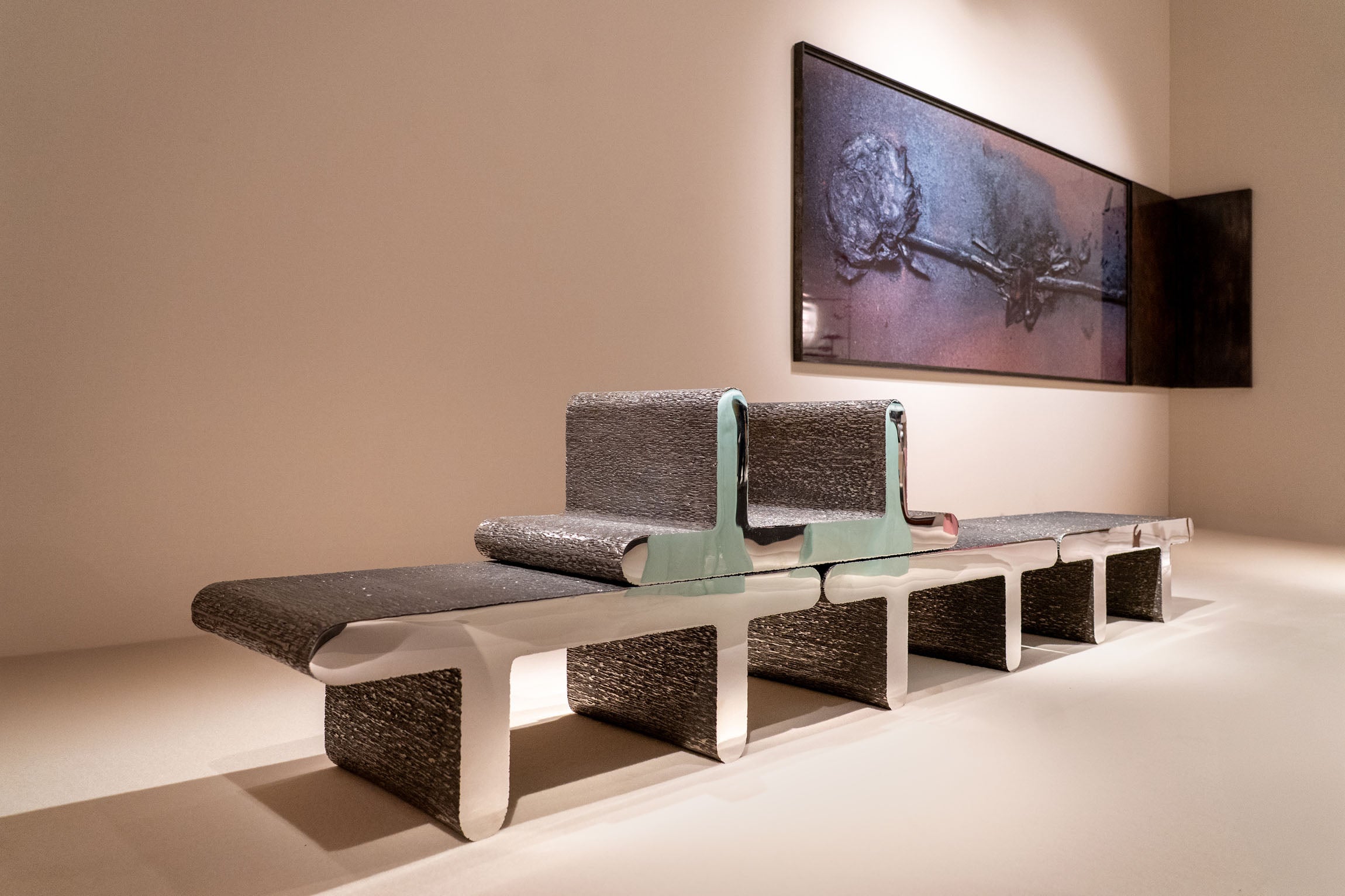
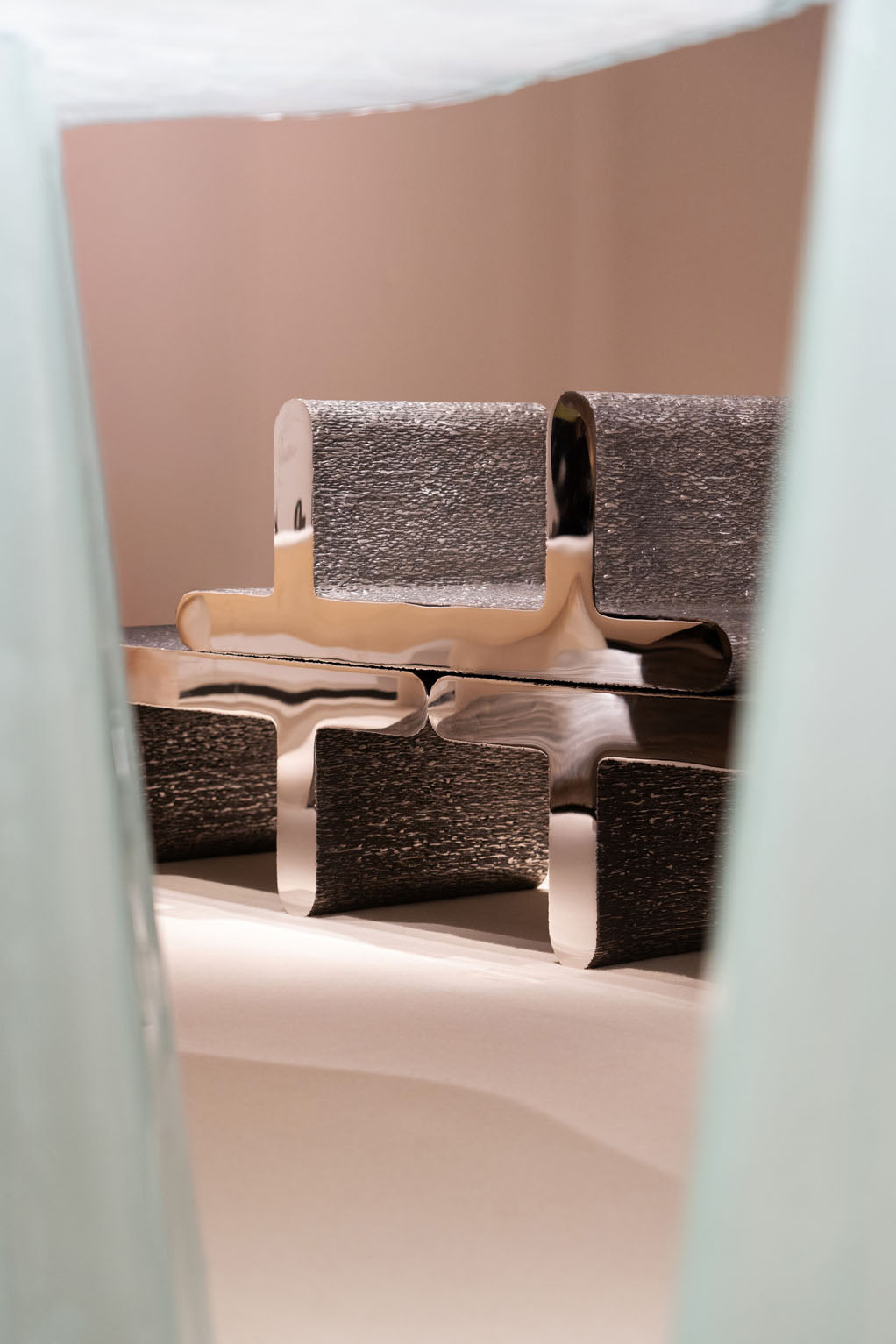
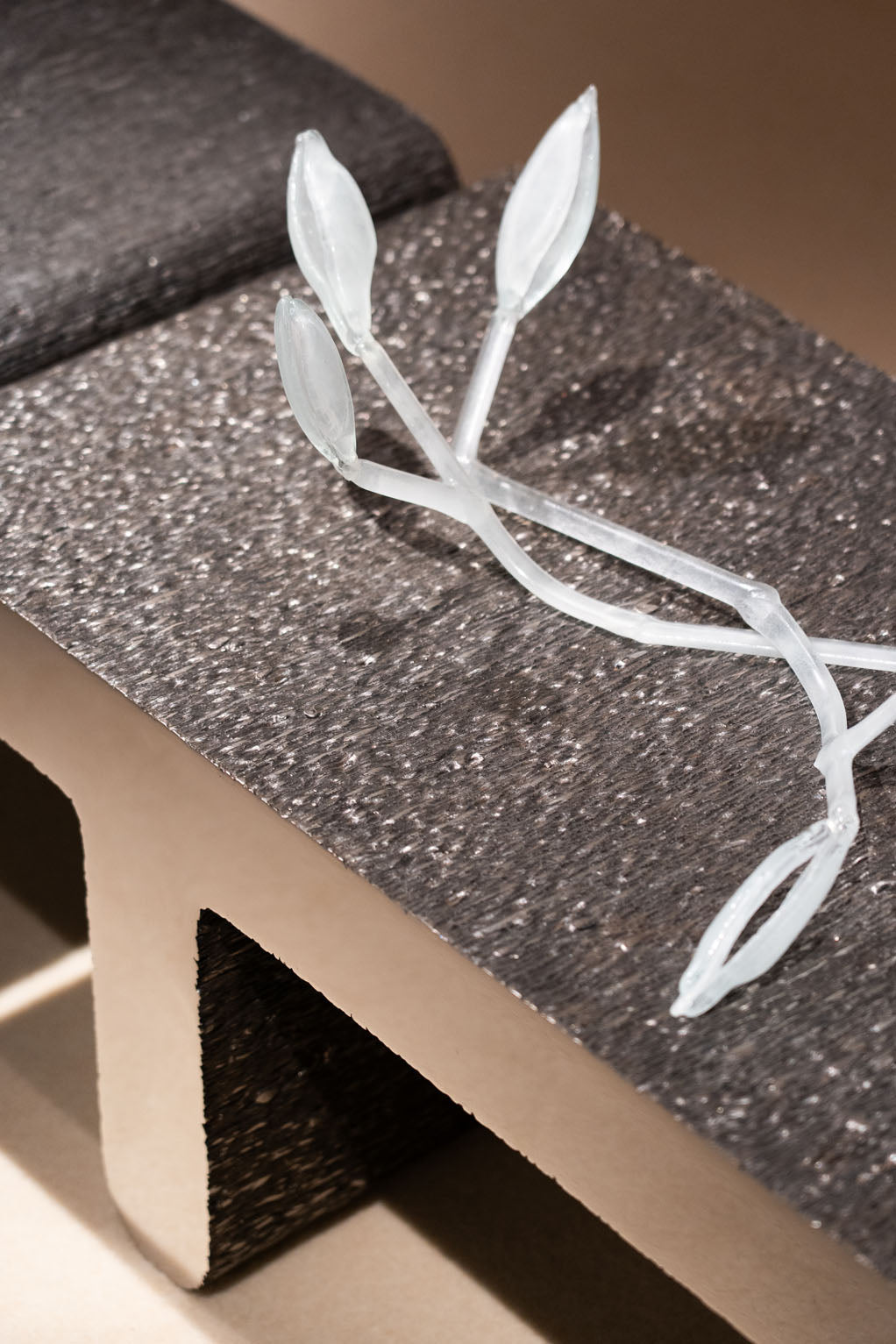
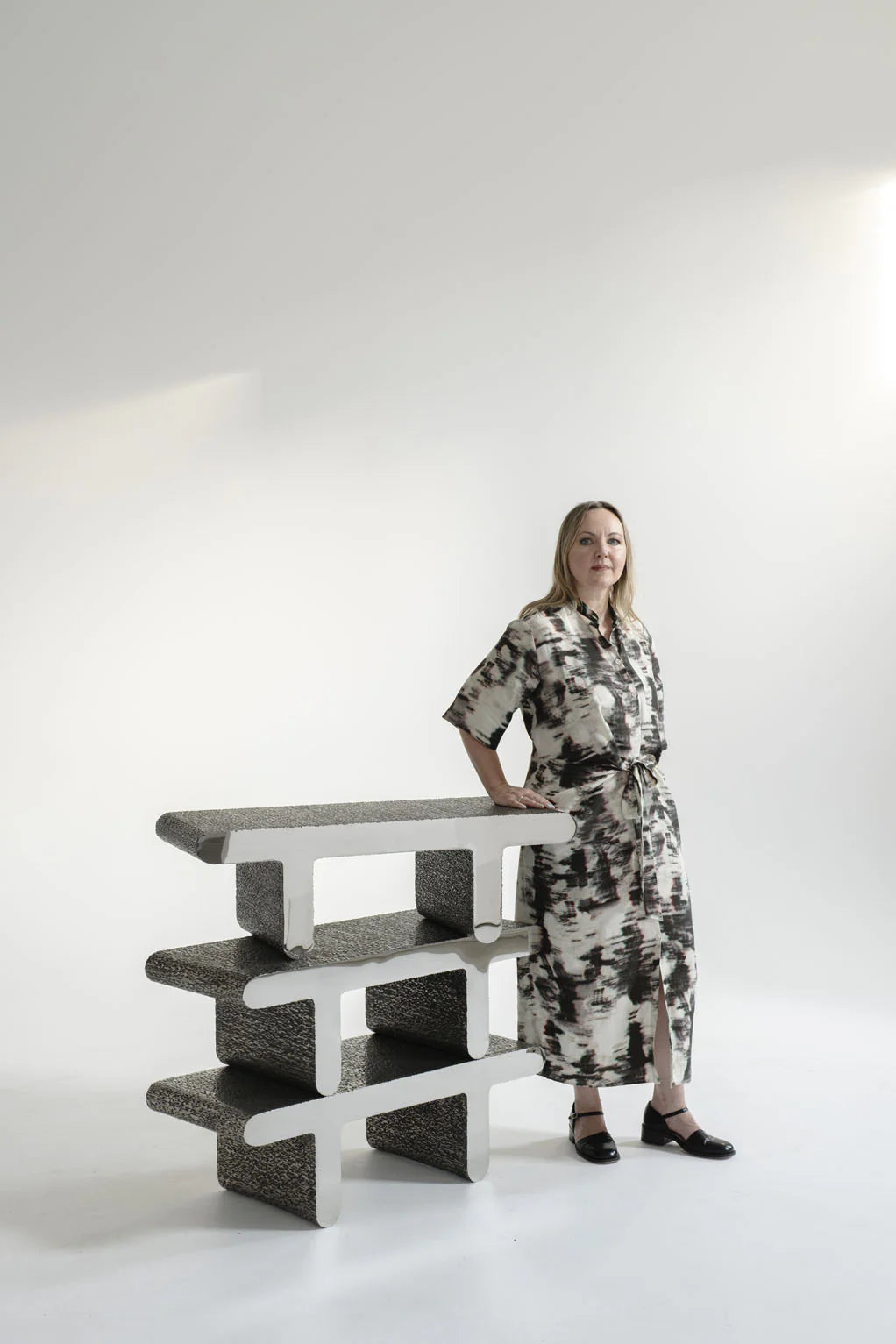
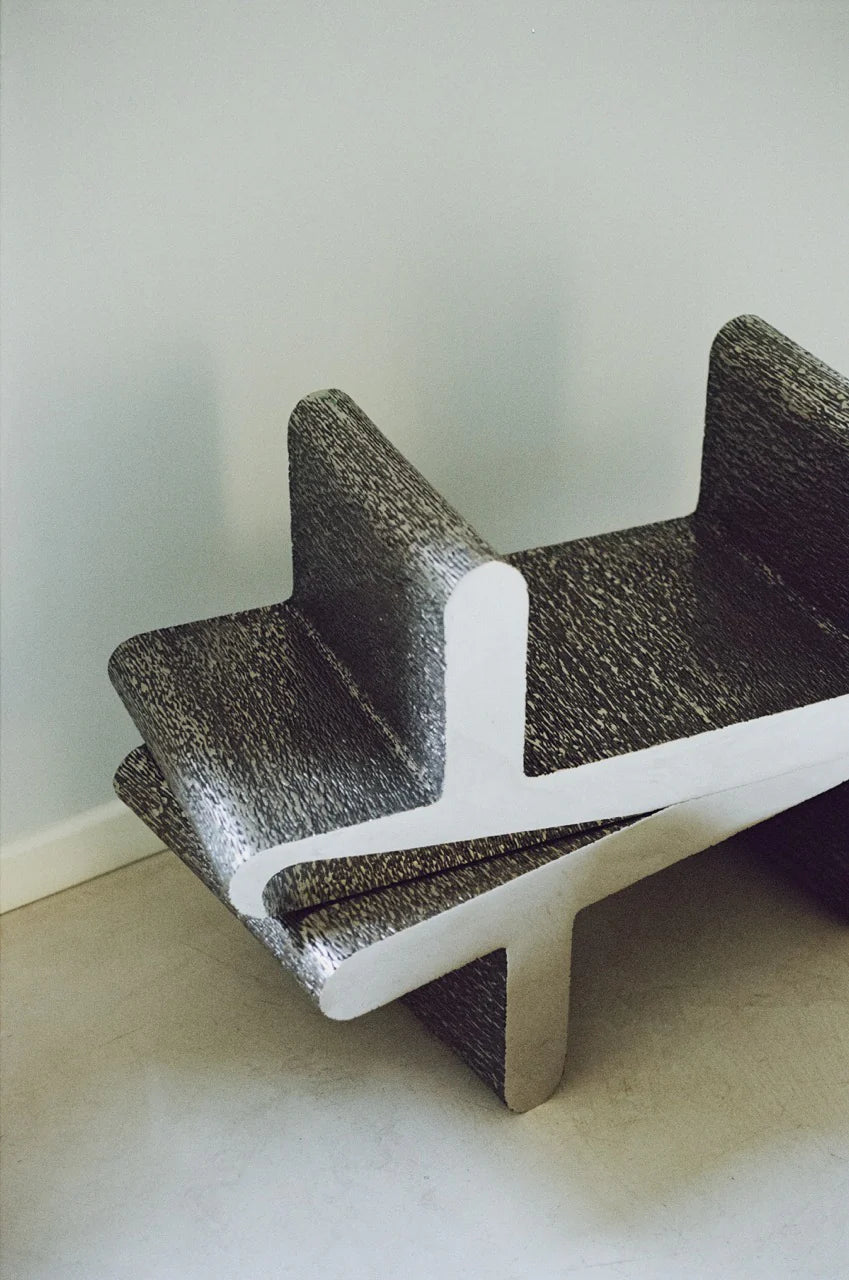
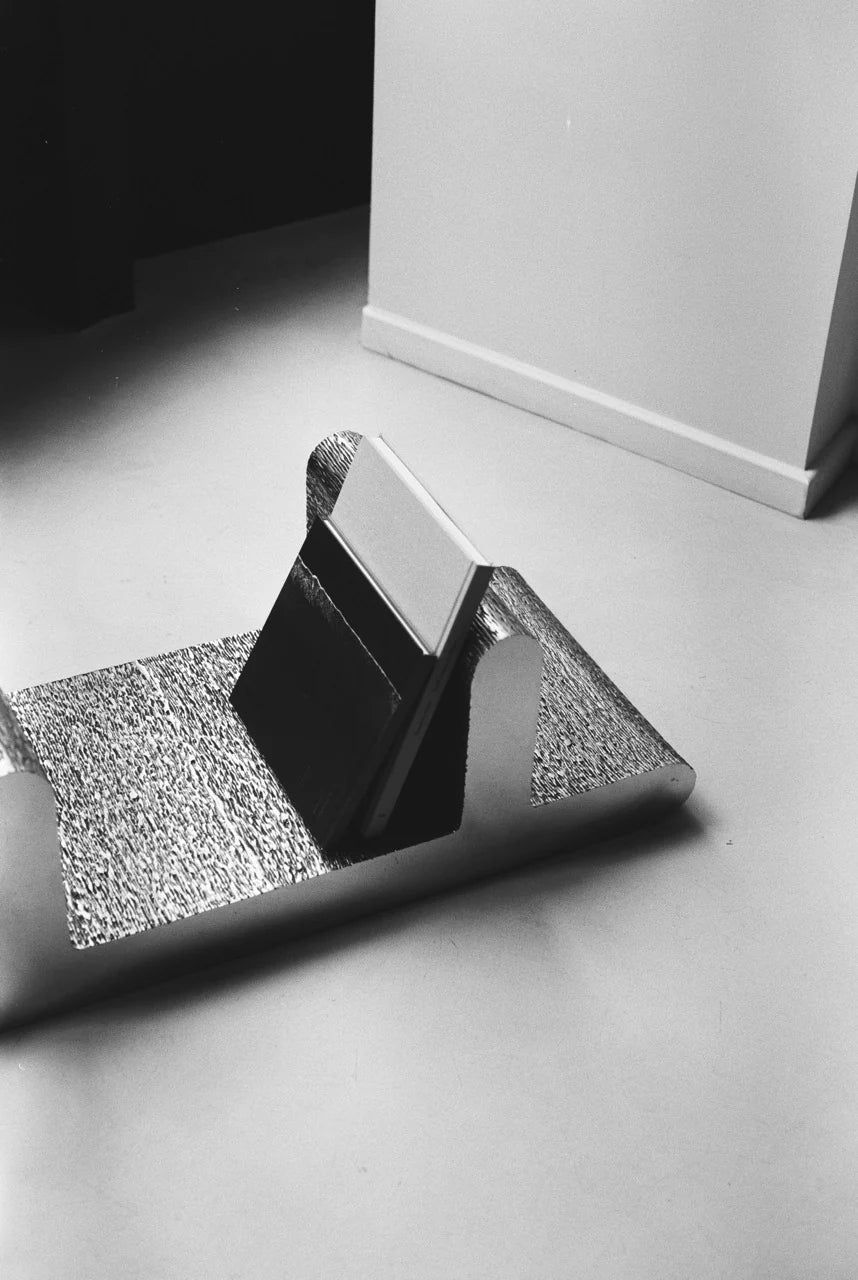
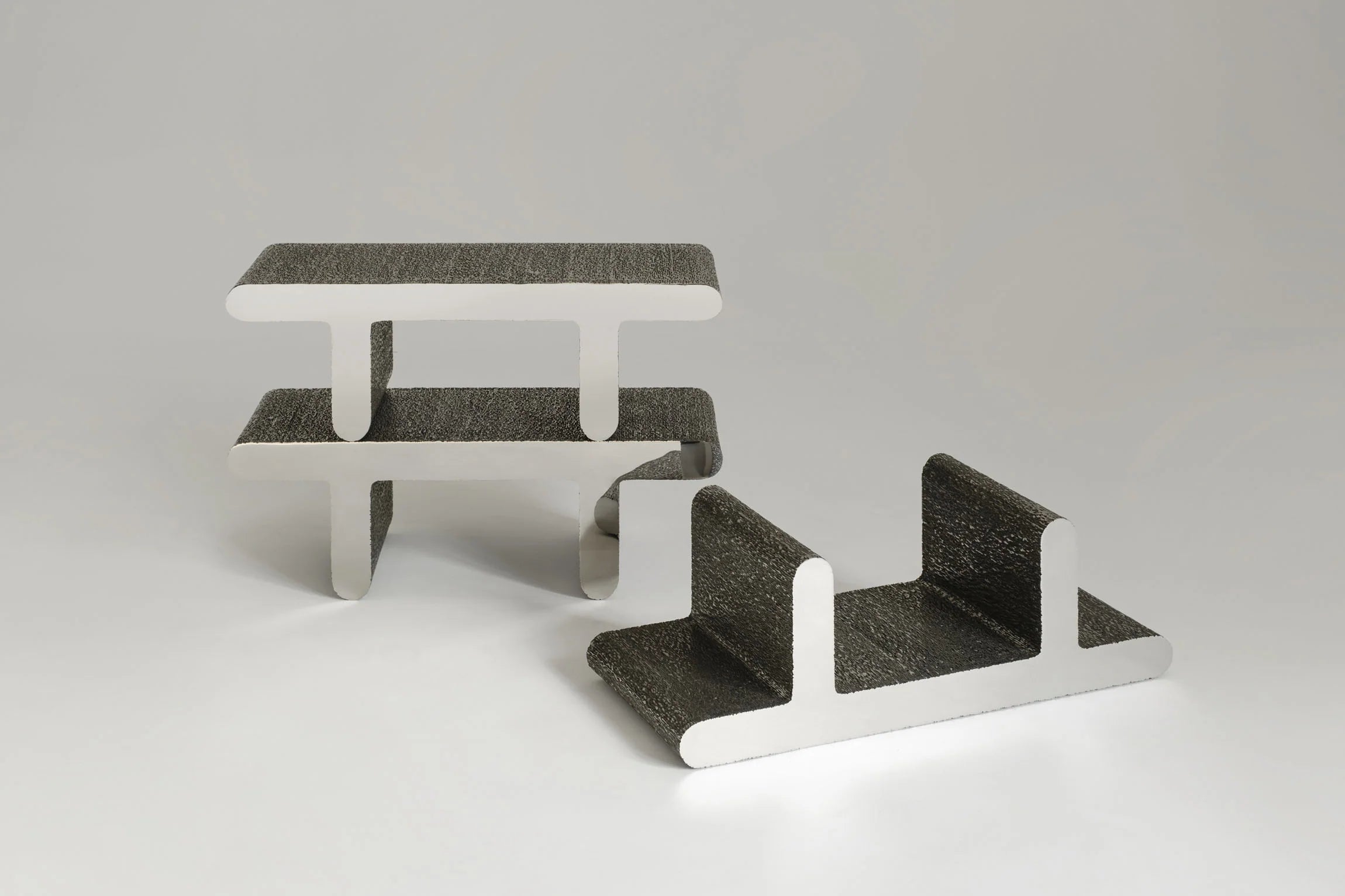
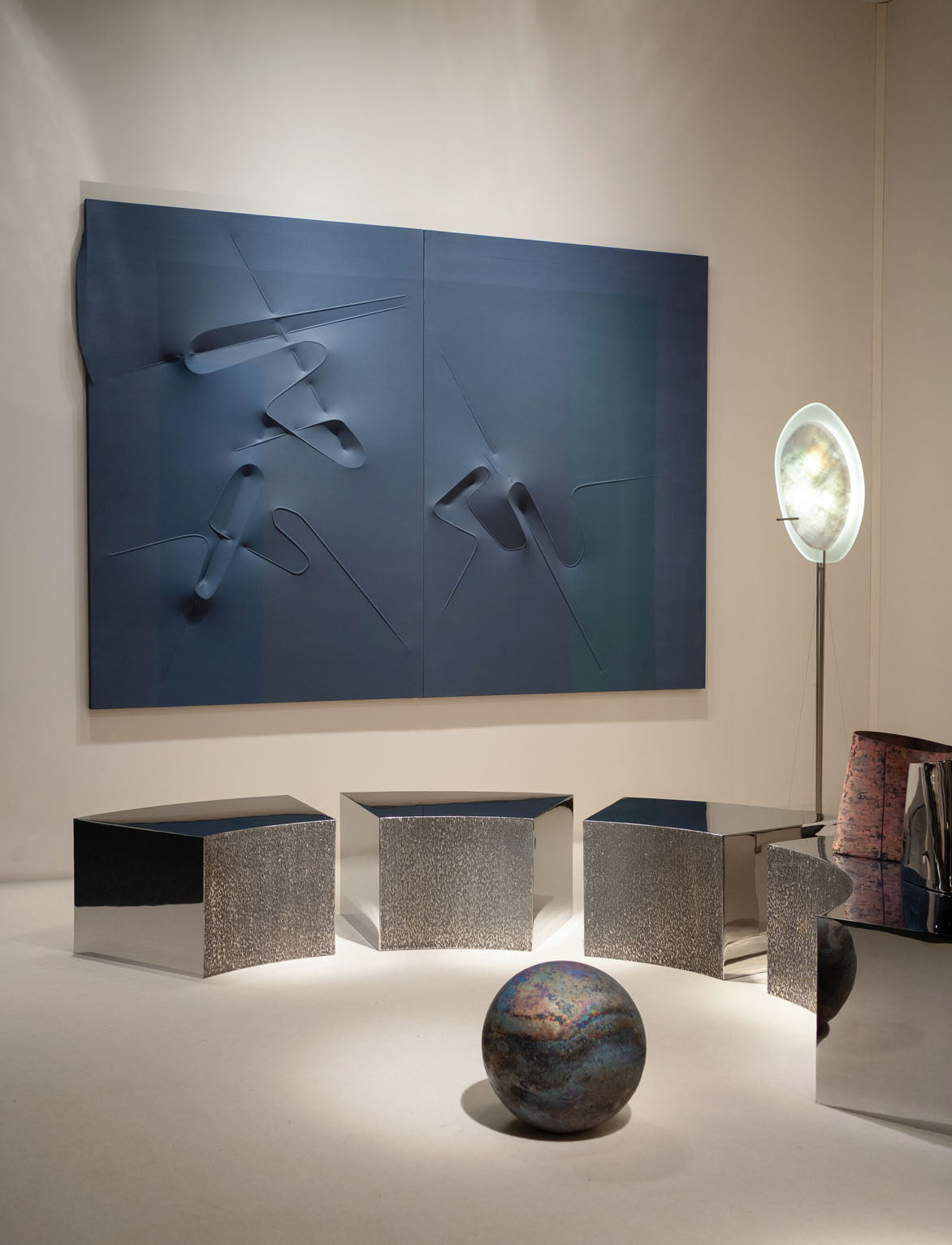
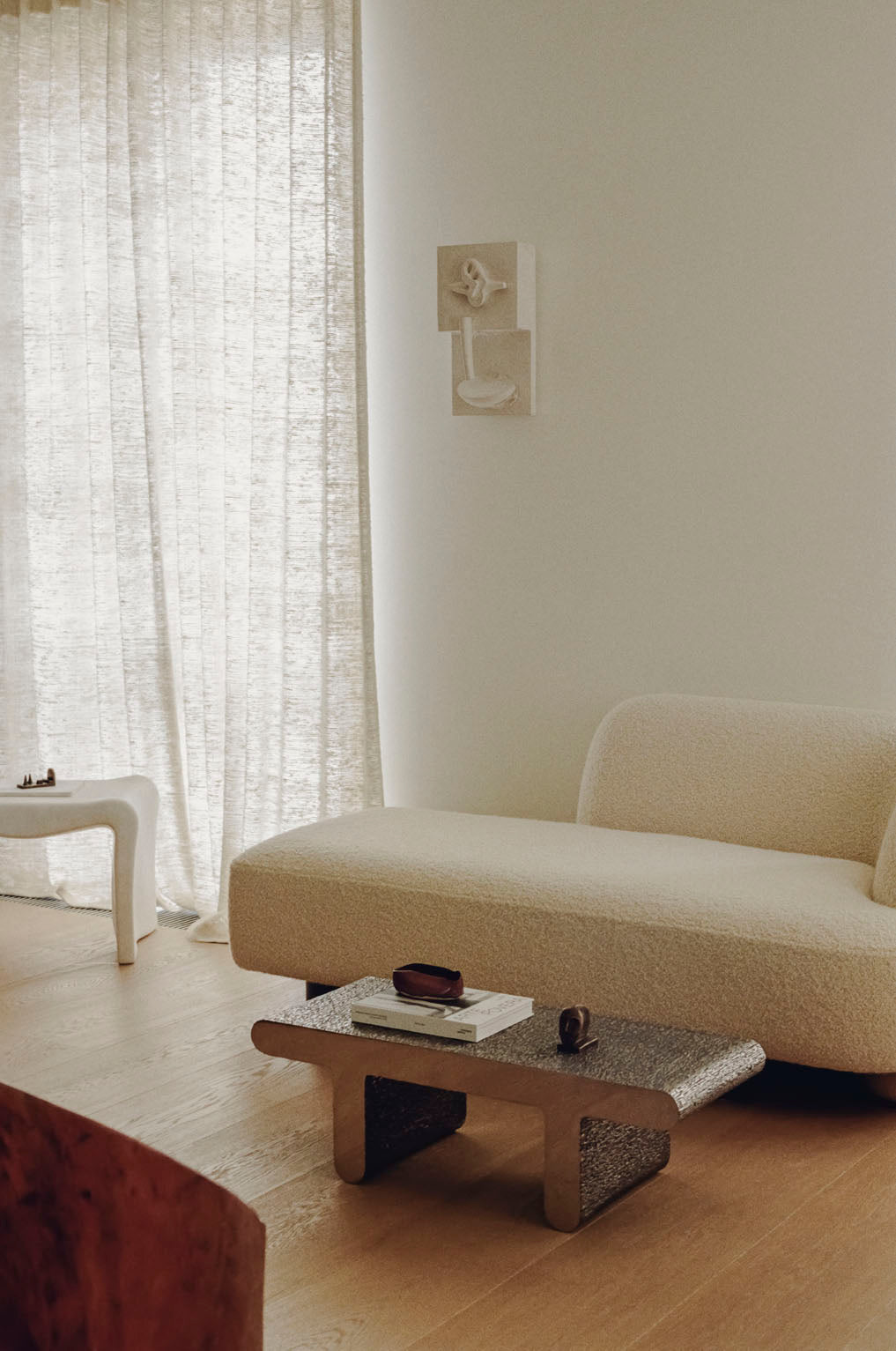
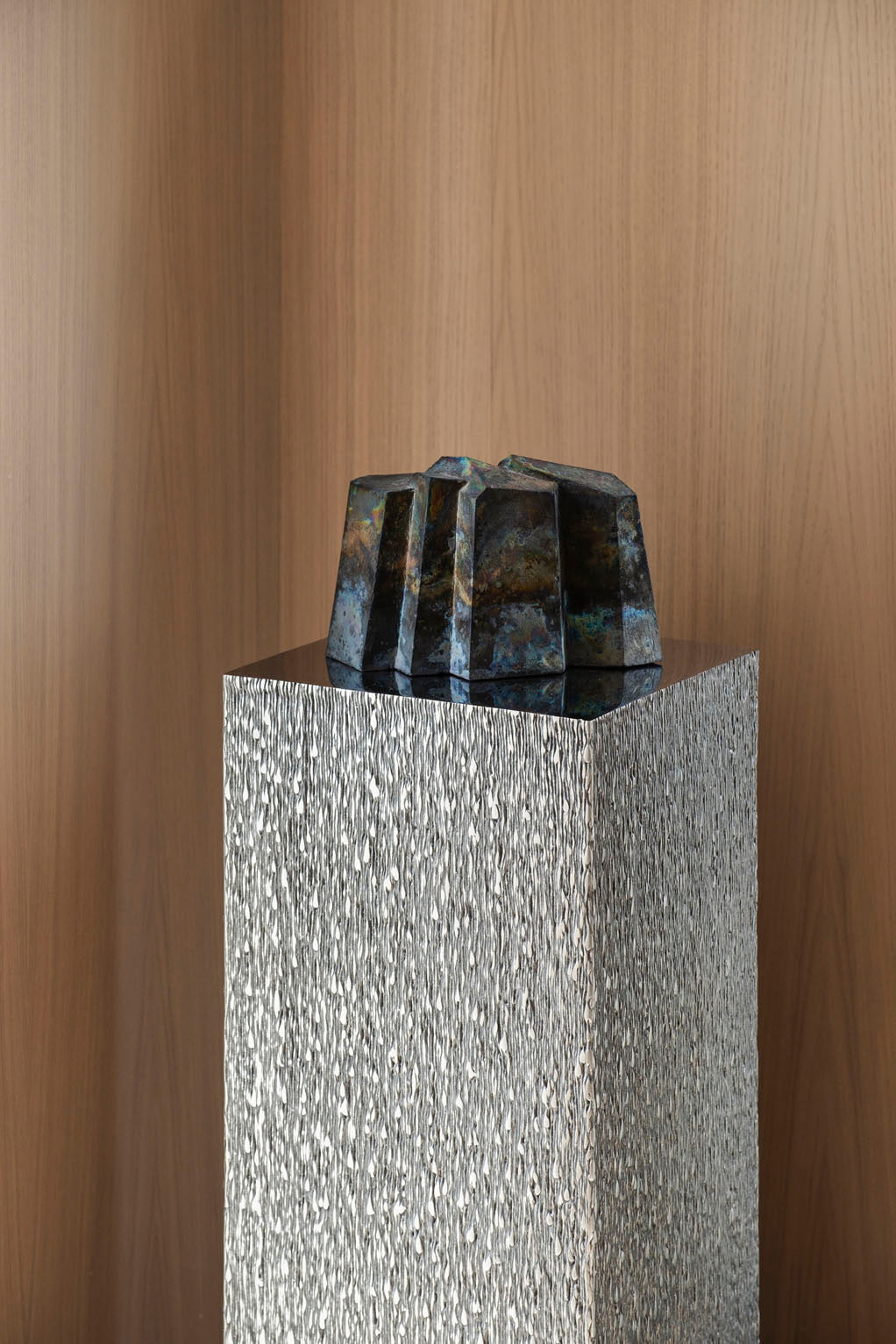
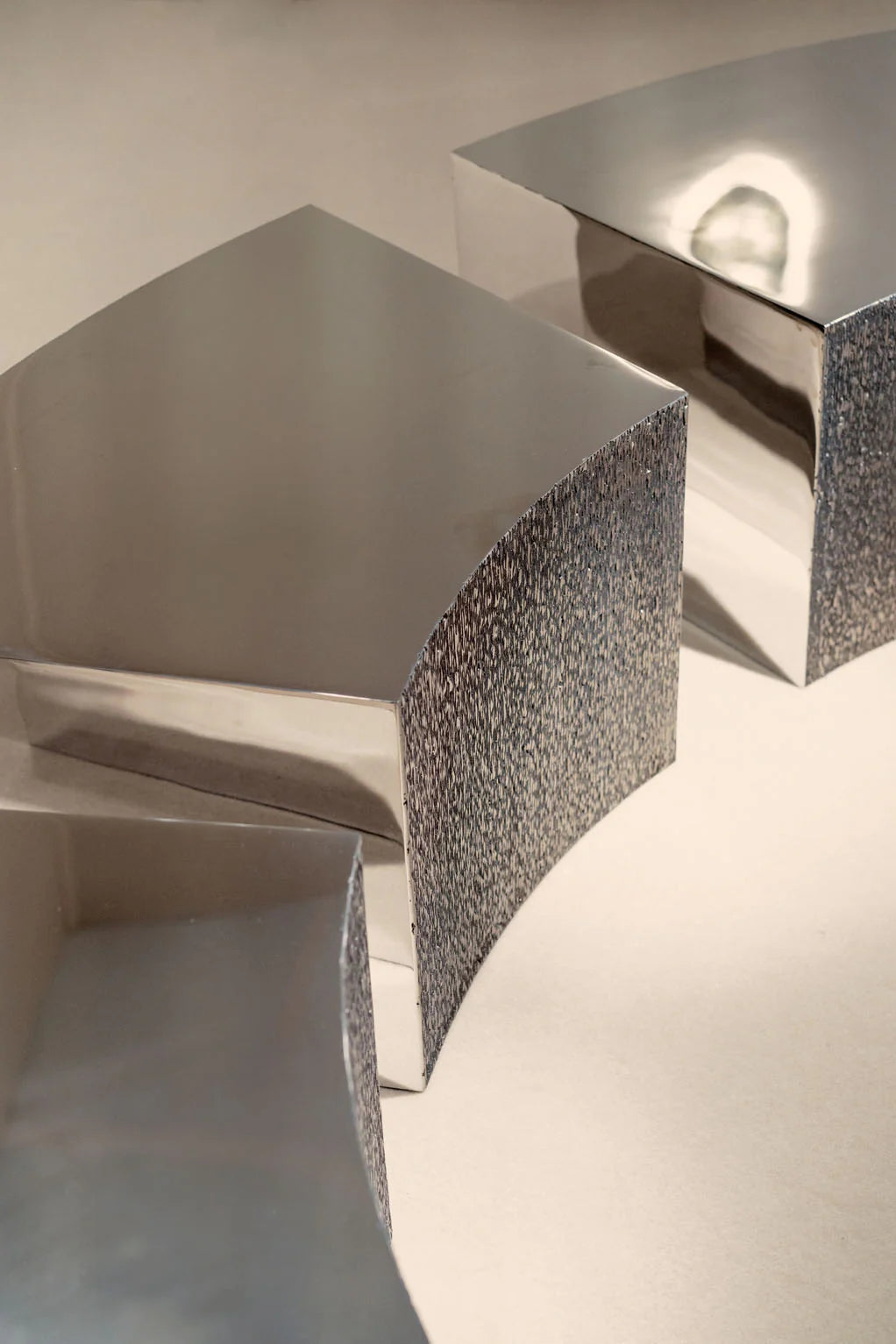
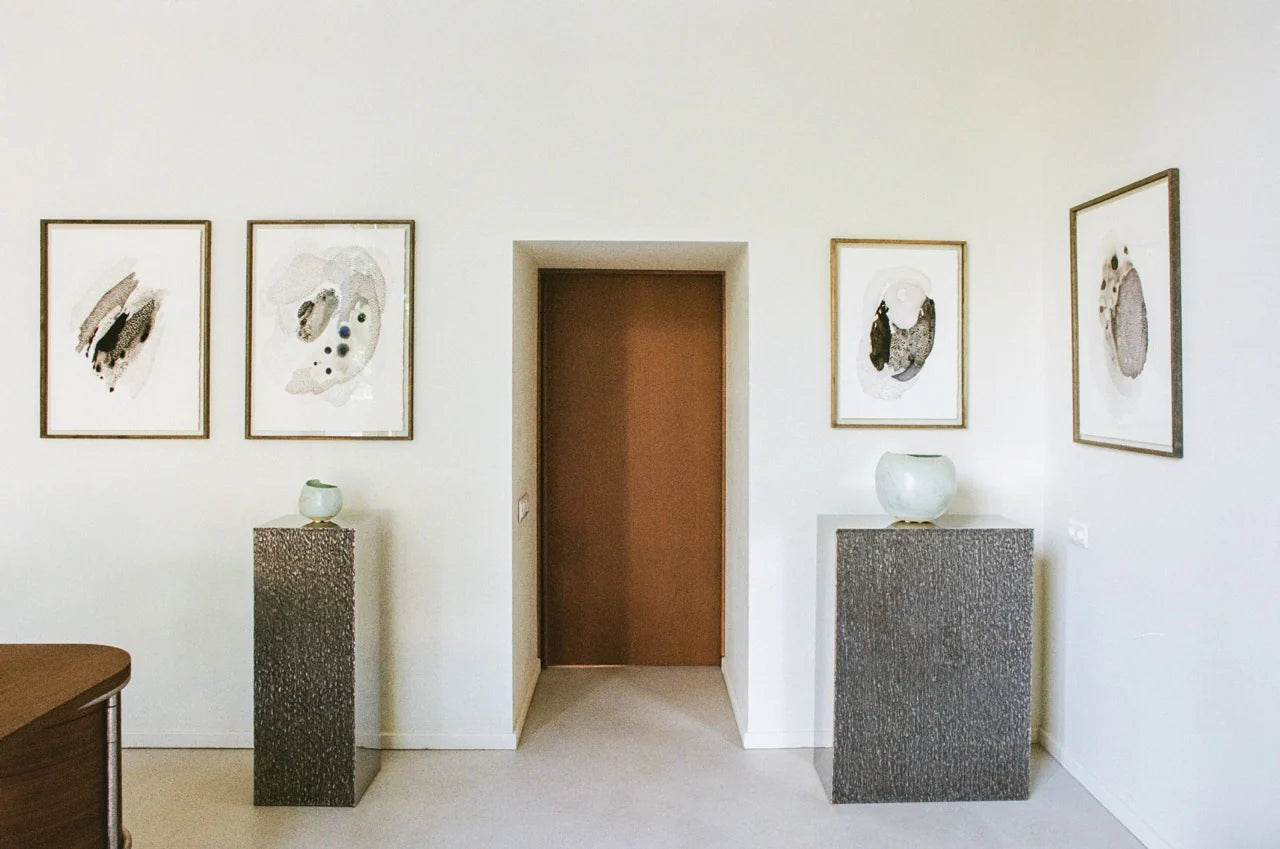
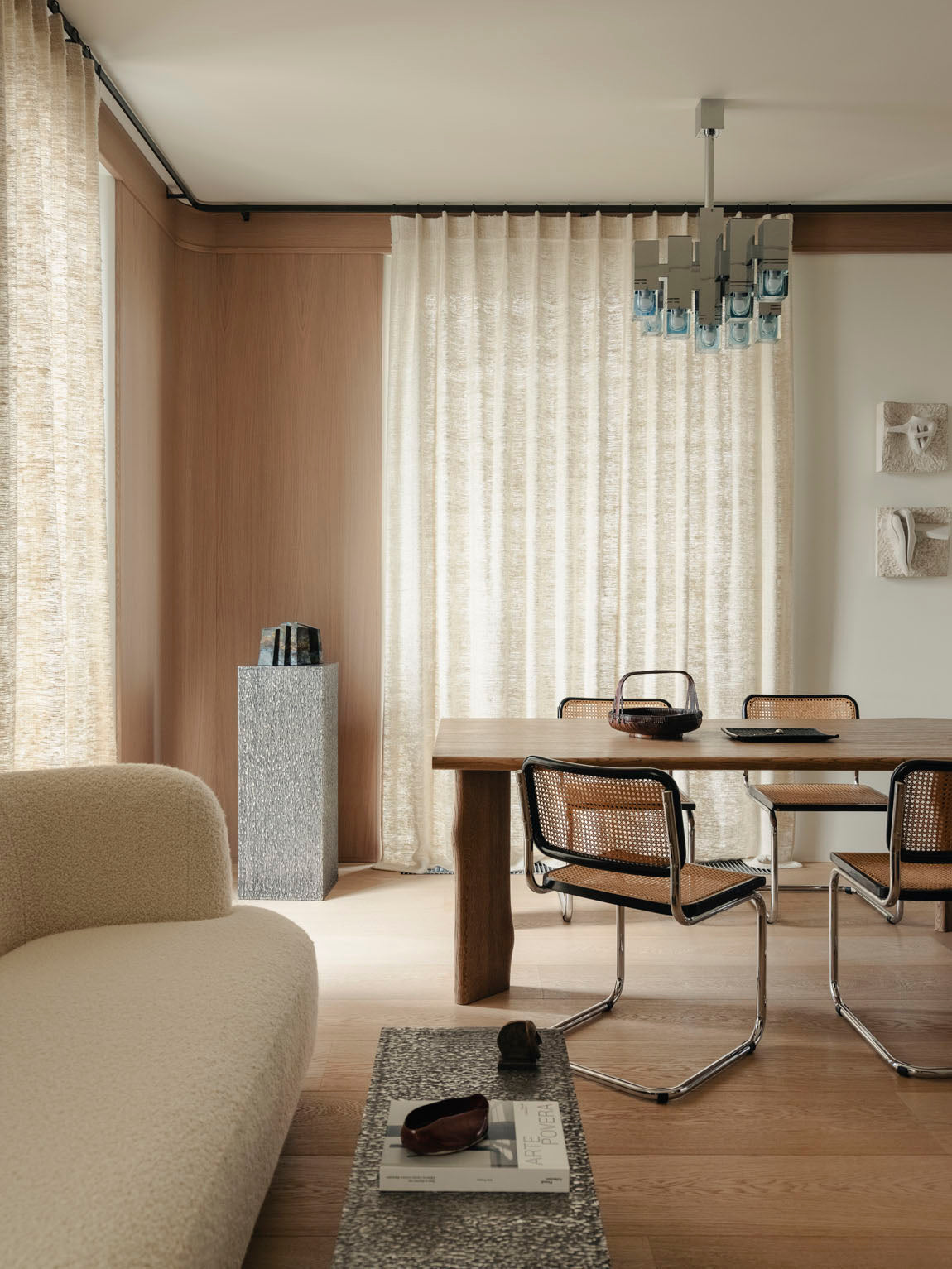
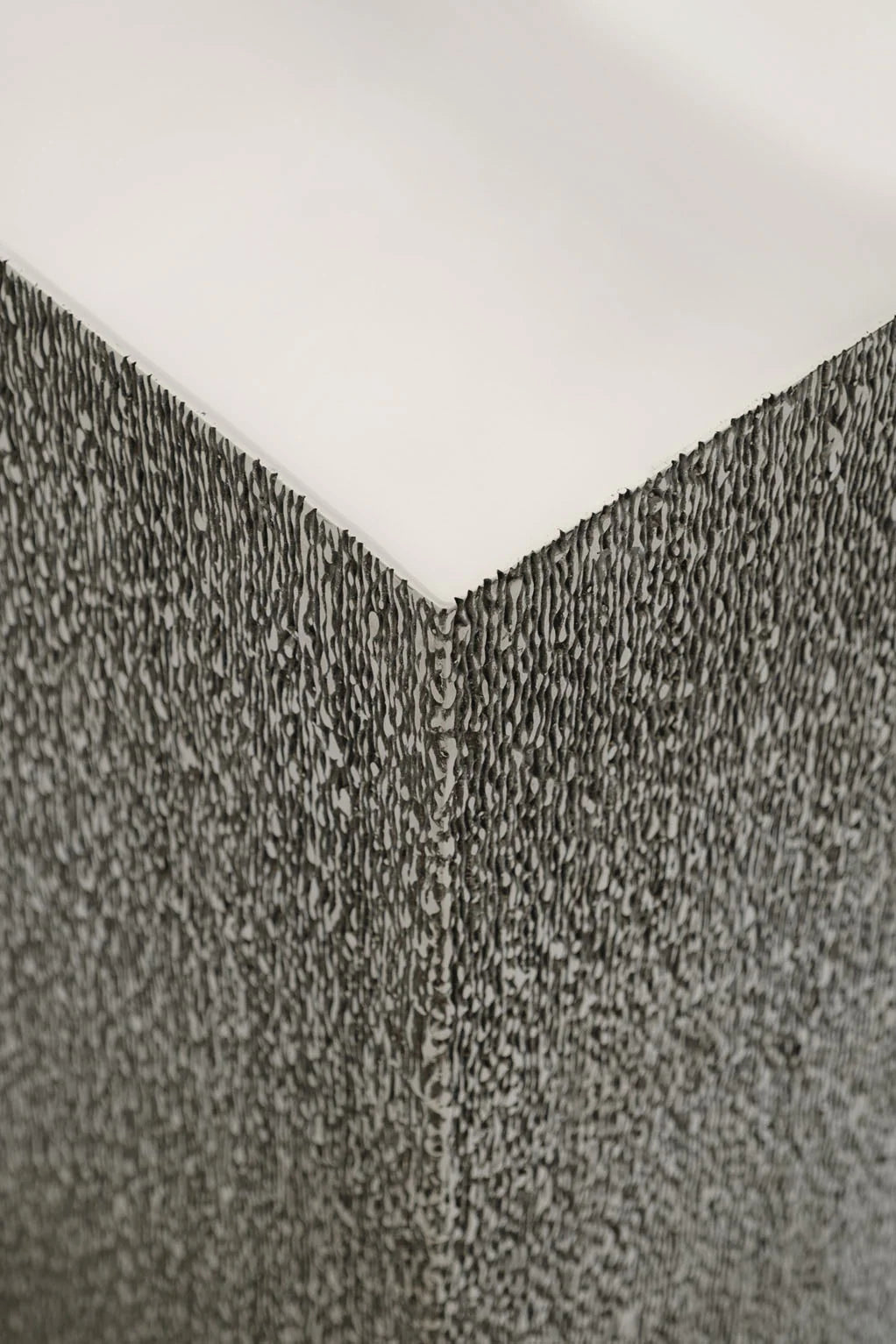
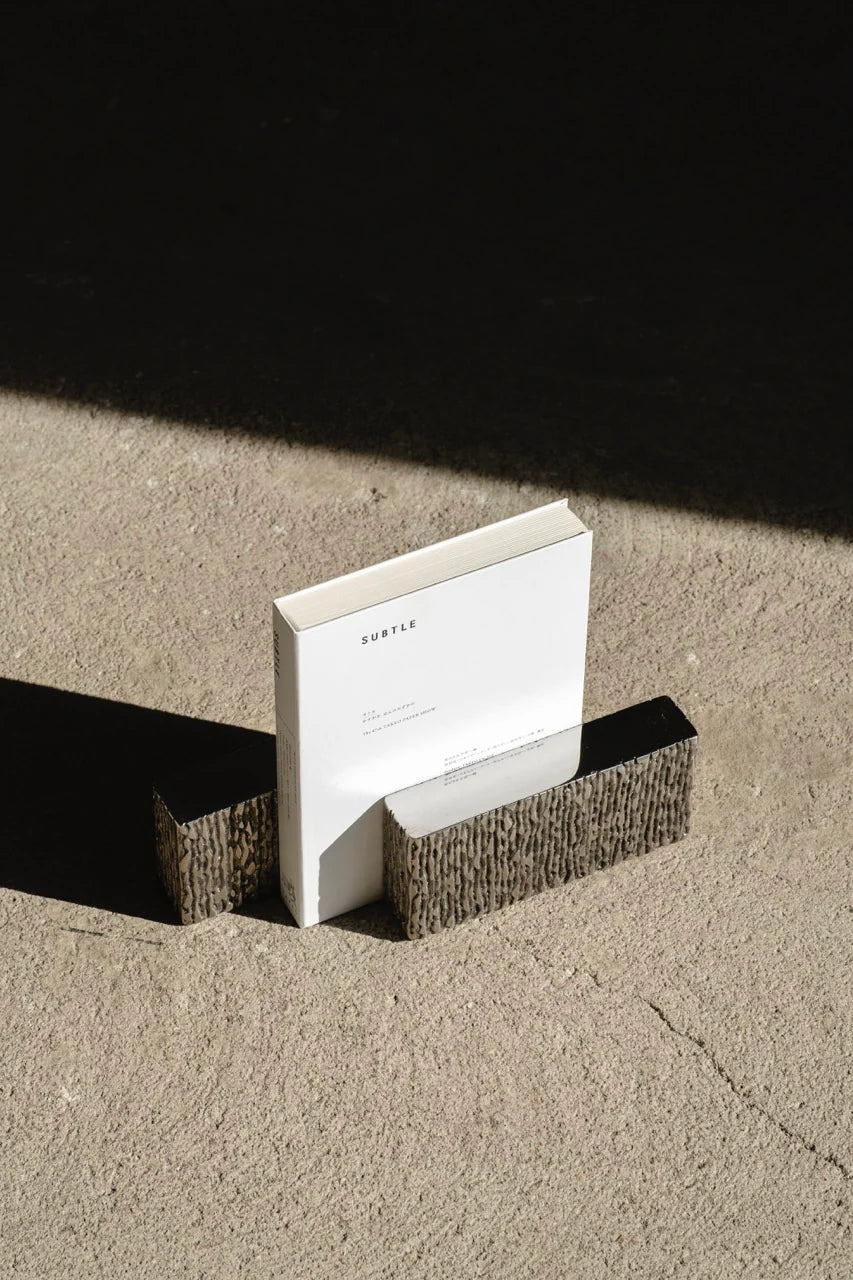
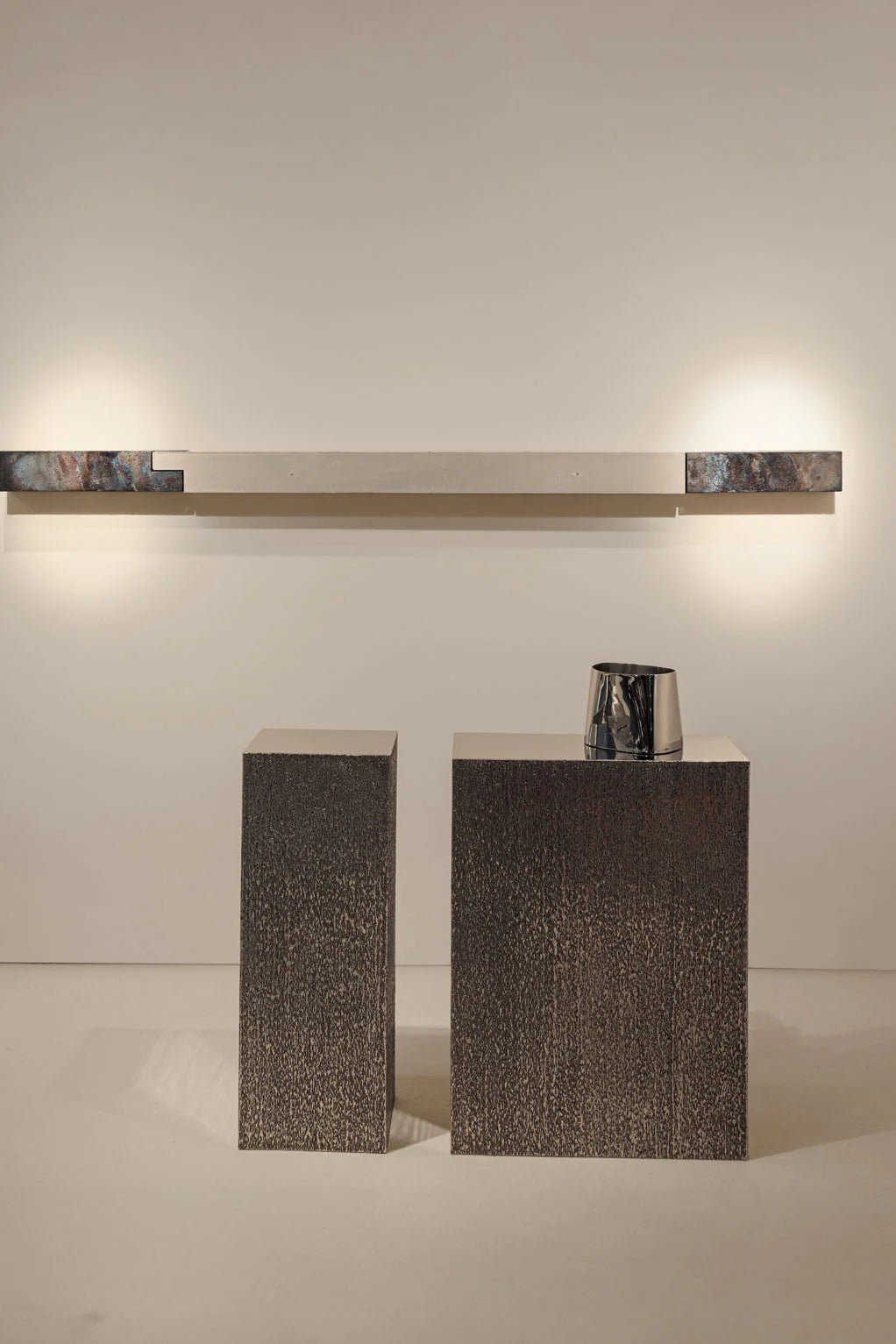
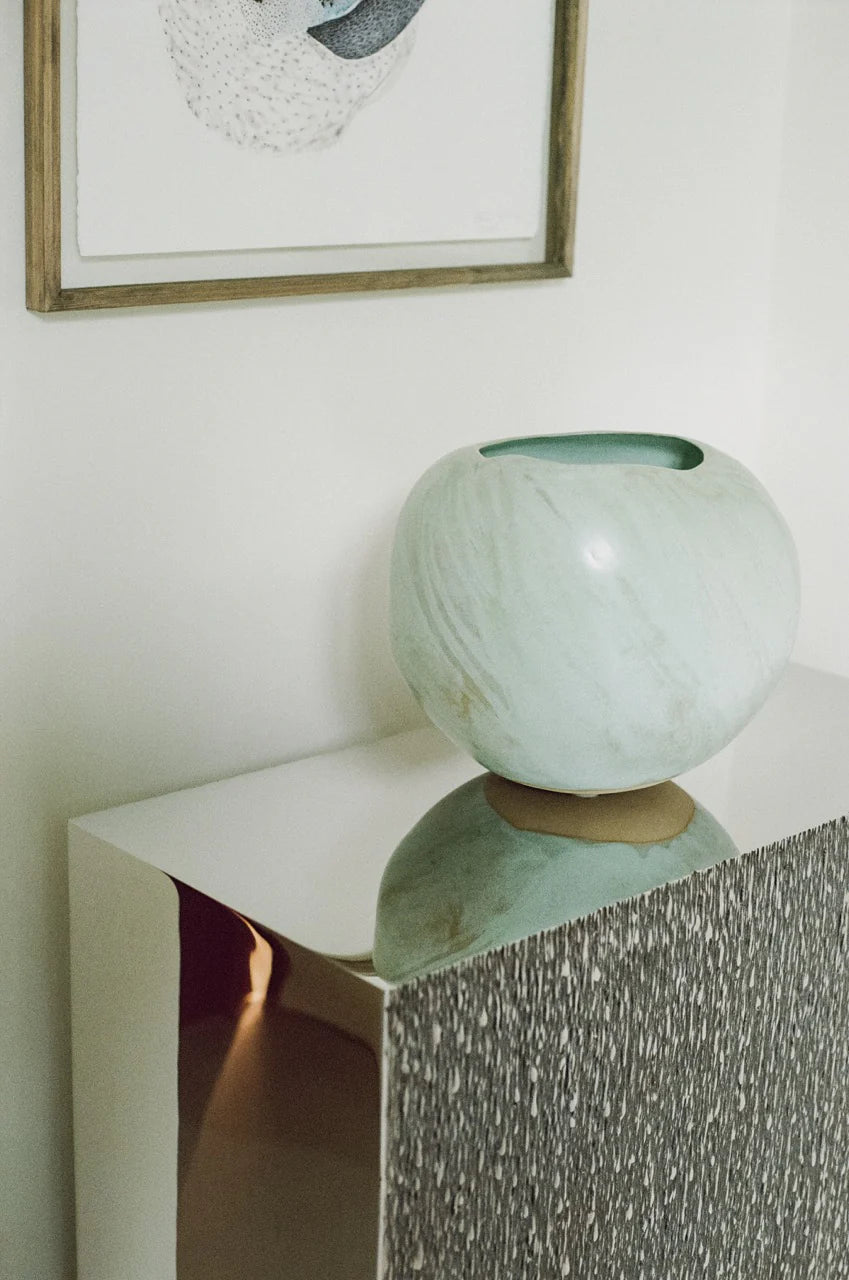

















In her BURAK collection, Lena Solovyeva presents functional sculptures made of metal – copper and stainless steel. Interrelationships are important in the artist's work – between the artist and the craftsman, between the material and the master. All objects are first cut out, then shaped and subjected to complex multi-stage processing. Under the influence of air, high temperatures, and chemical reactions, each sculpture develops its own unique surface texture.
As a result of working with form, an illusory sense of suppleness and lightness of the object arises. In the plasticity of the sculptures, the contours of ancient Russian objects that have gone out of use—buraks, tueks, and lukoshkas—can be vaguely discerned. The half-forgotten names and lost functions of these objects appear in Lena Solovyeva's sculptures as a ghostly connection to the culture of the past.
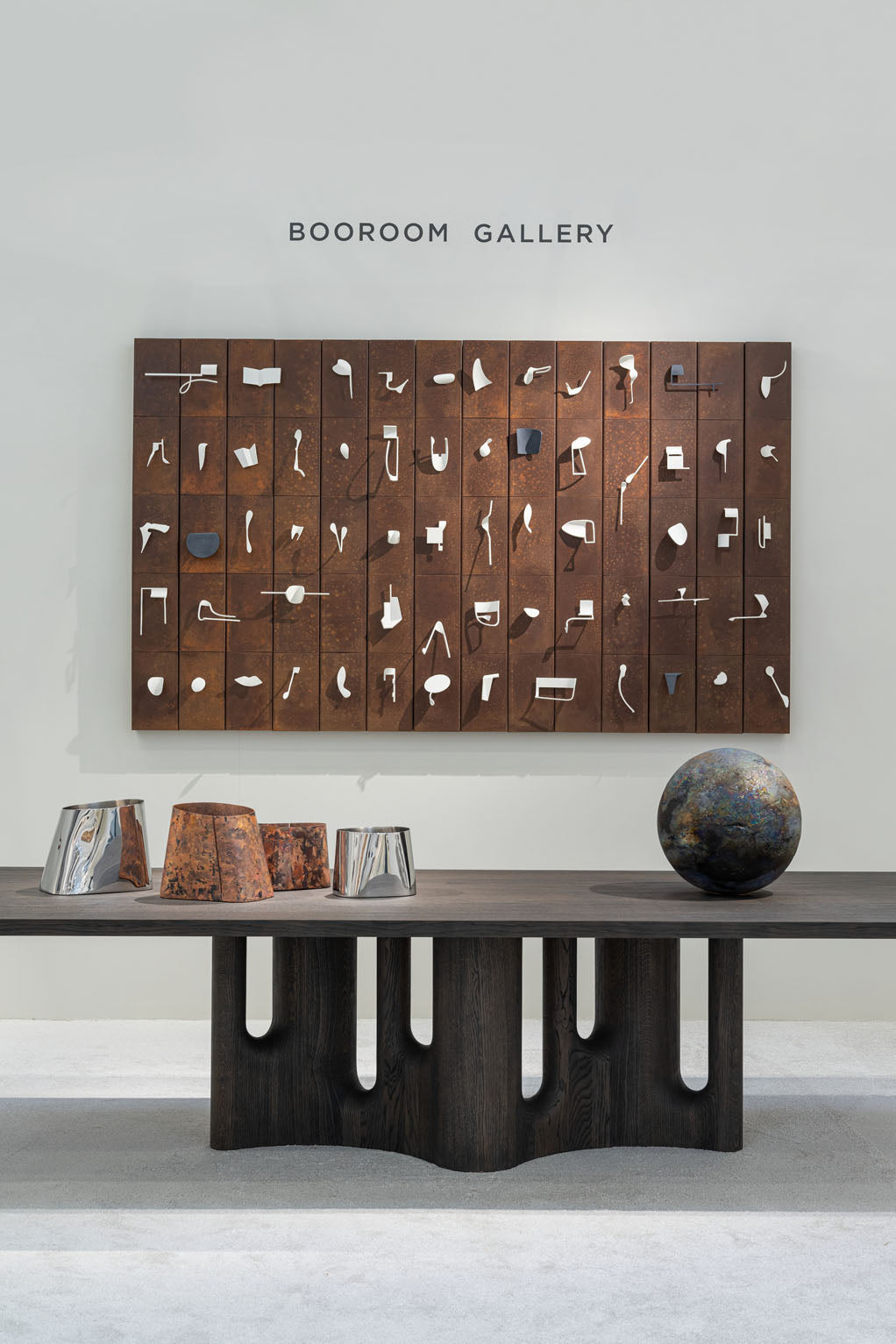
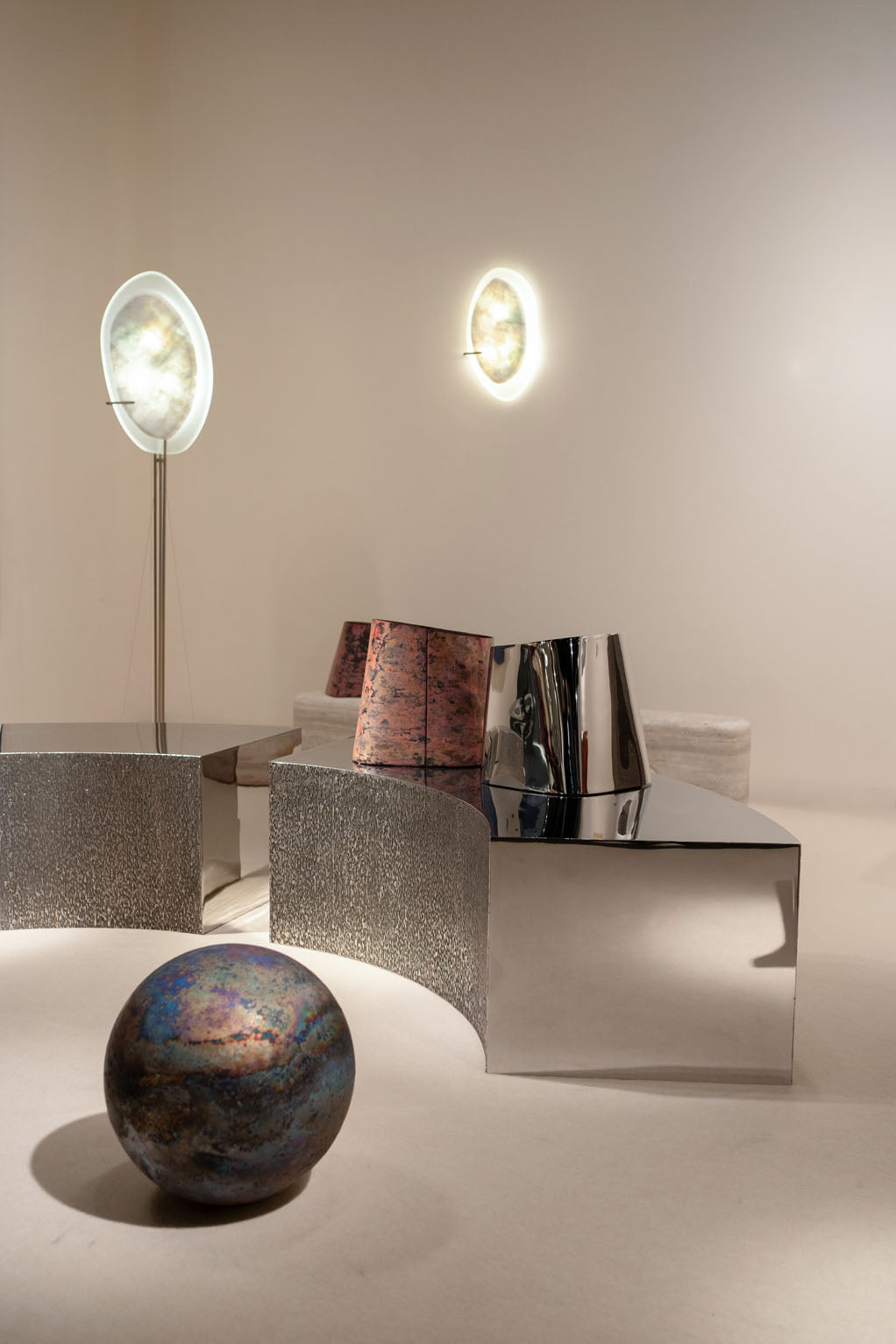
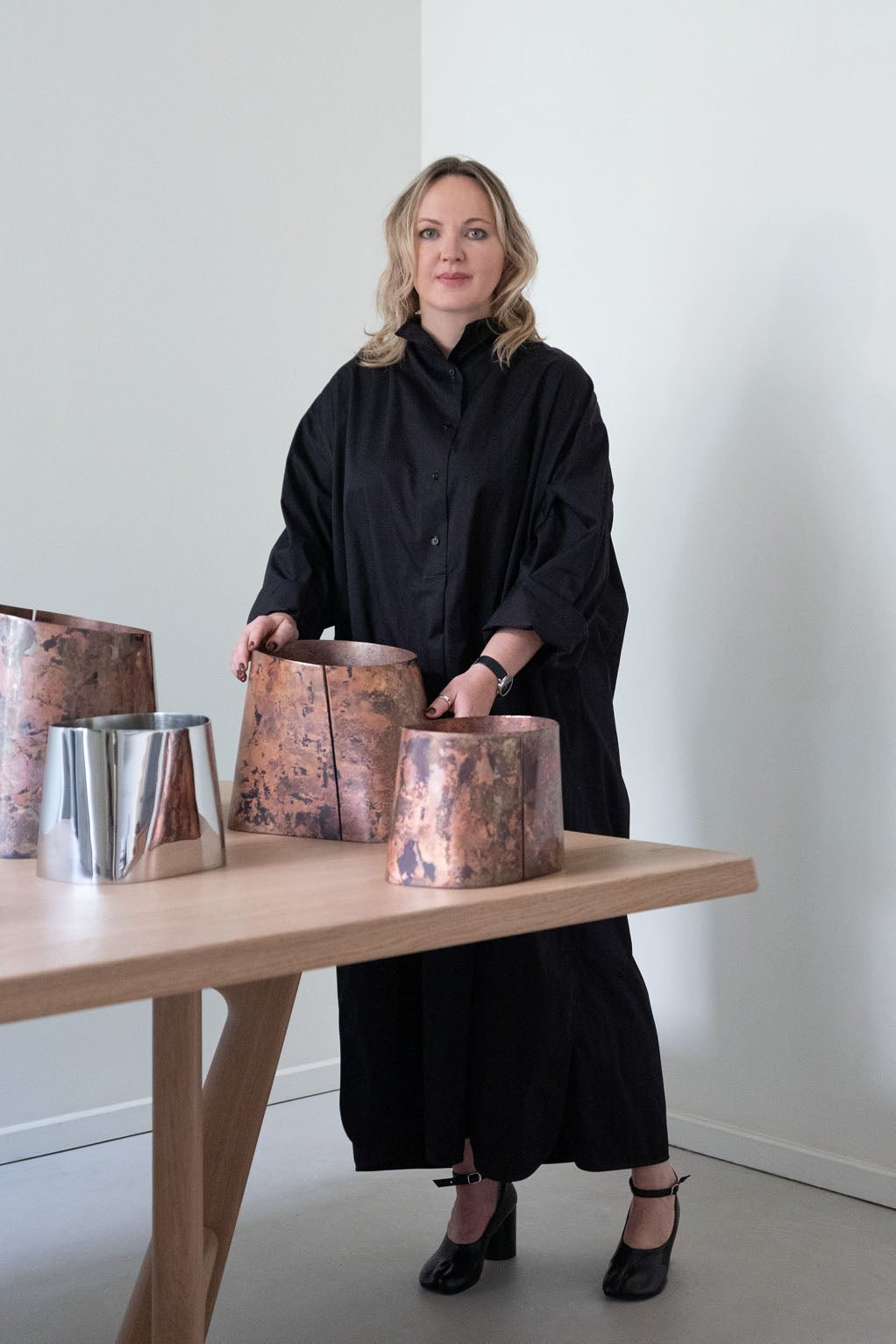



"The Post Florum project serves as a reminder of the unconditional value of human life through the lens of grief. An awareness of grief — both personal and collective — is a key factor in understanding our shared vulnerability and interconnectedness. The central image of the project is a fallen, trampled and disintegrating flower. A small plant, fragile enough to be easily broken and destroyed, unnoticed as it blends with the dust of the earth, becomes a symbol of a painful loss. In each work, it acts like a metronome, repeating the idea of the necessity to acknowledge vulnerability and the fragility of life.
The project is grounded in Judith Butler’s ideas from her work Precarious Life: The Powers of Mourning and Violence, where grief is considered not merely an emotion, but a phenomenon revealing our deep vulnerability and radical interconnectedness with others. We are vulnerable because we love, because we form attachments, and this vulnerability is a fundamental condition of our existence. It is precisely through these connections that we find the fullness of life, and their loss — whether through death or separation — strikes at the core of our sense of self. However, grief is not limited to individual experience. Butler emphasizes that what and whom we grieve has profound social implications. She distinguishes between “grievable” and “ungrievable” lives. The former elicits public mourning and is perceived as a significant loss. The latter often goes unnoticed, reduced to impersonal statistics in the news, and is, in essence, denied the recognition of a valuable life. In the public sphere, “ungrievable” lives often include those of migrants, war victims and marginalized groups. At first glance, the flowers in Post Florum appear similarly uniform, as if they were mere surface texture. And yet, each one is unique.
By employing the technique of manual analog printing, Lena Solovyeva intentionally varies the contrast and light intensity of each print. All the flowers share the same fragile melancholy, yet each differs in the nuances of its form. This vulnerable image is set within heavy, austere steel frames, giving the works a literal weight and strength, symbolizing both the resilience of life’s value and the significance of its loss.
Proceeds from the sale of the works will be directed to charitable funds, supporting those whose lives are most vulnerable and whose losses often go unseen."
Read more
